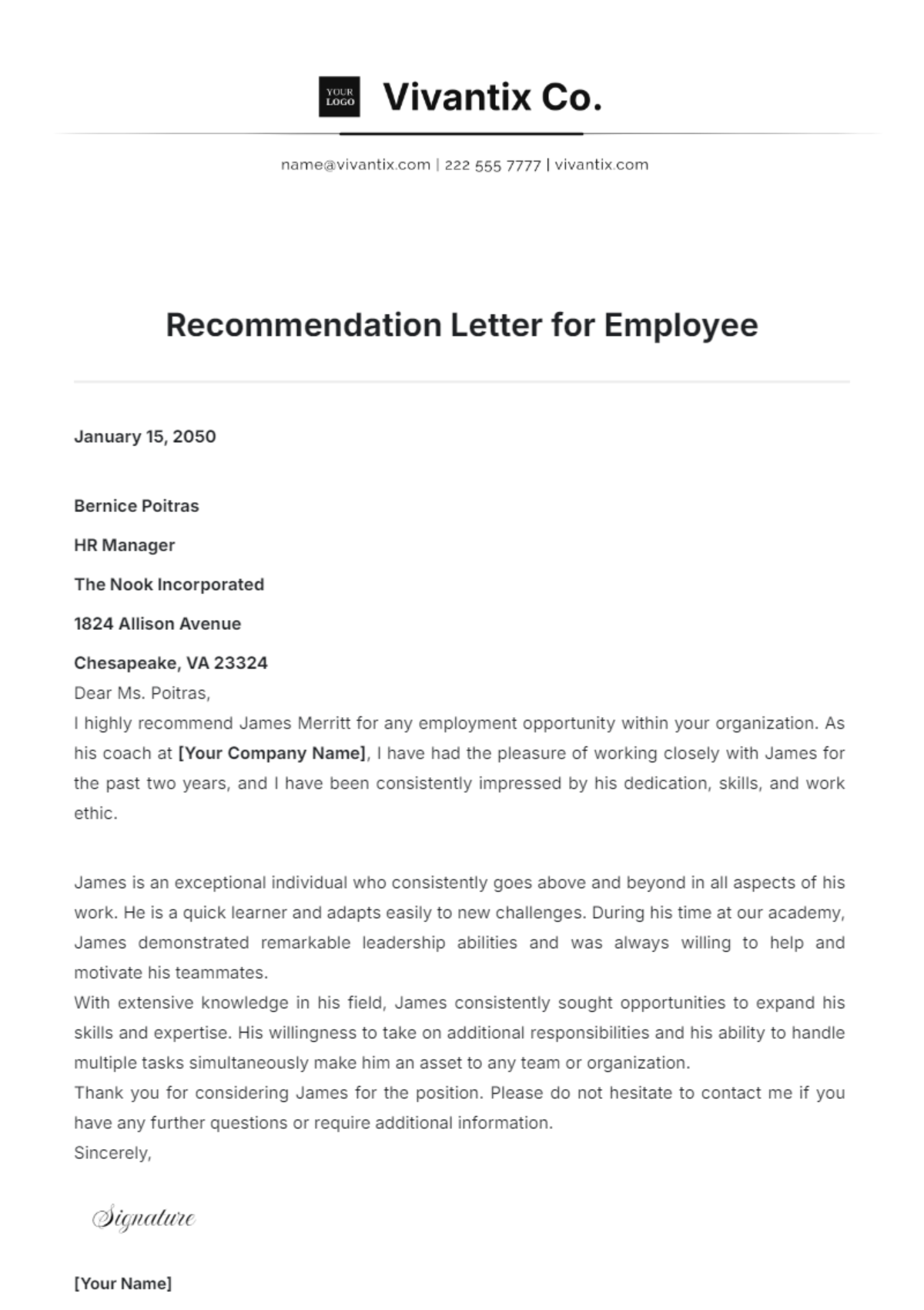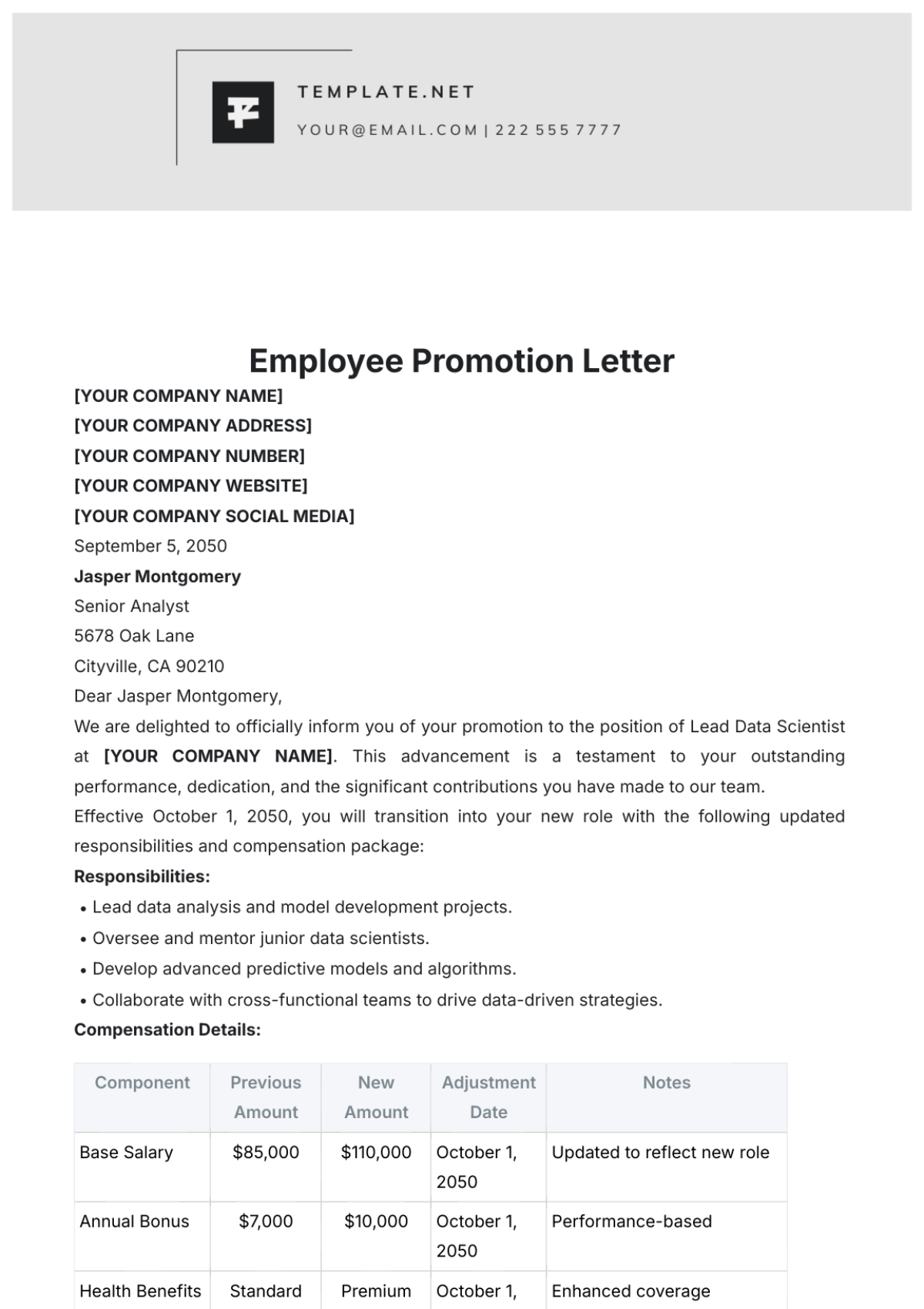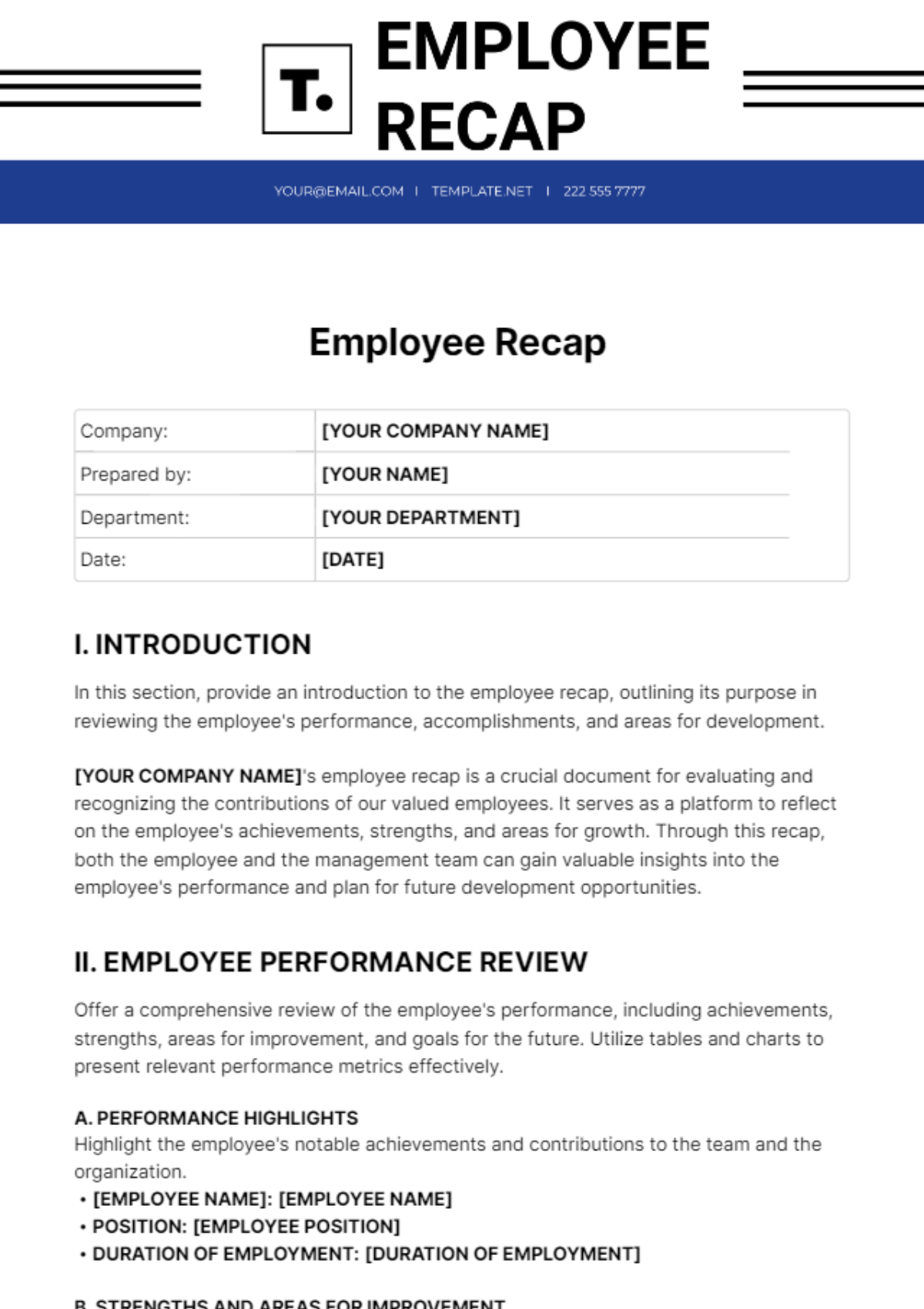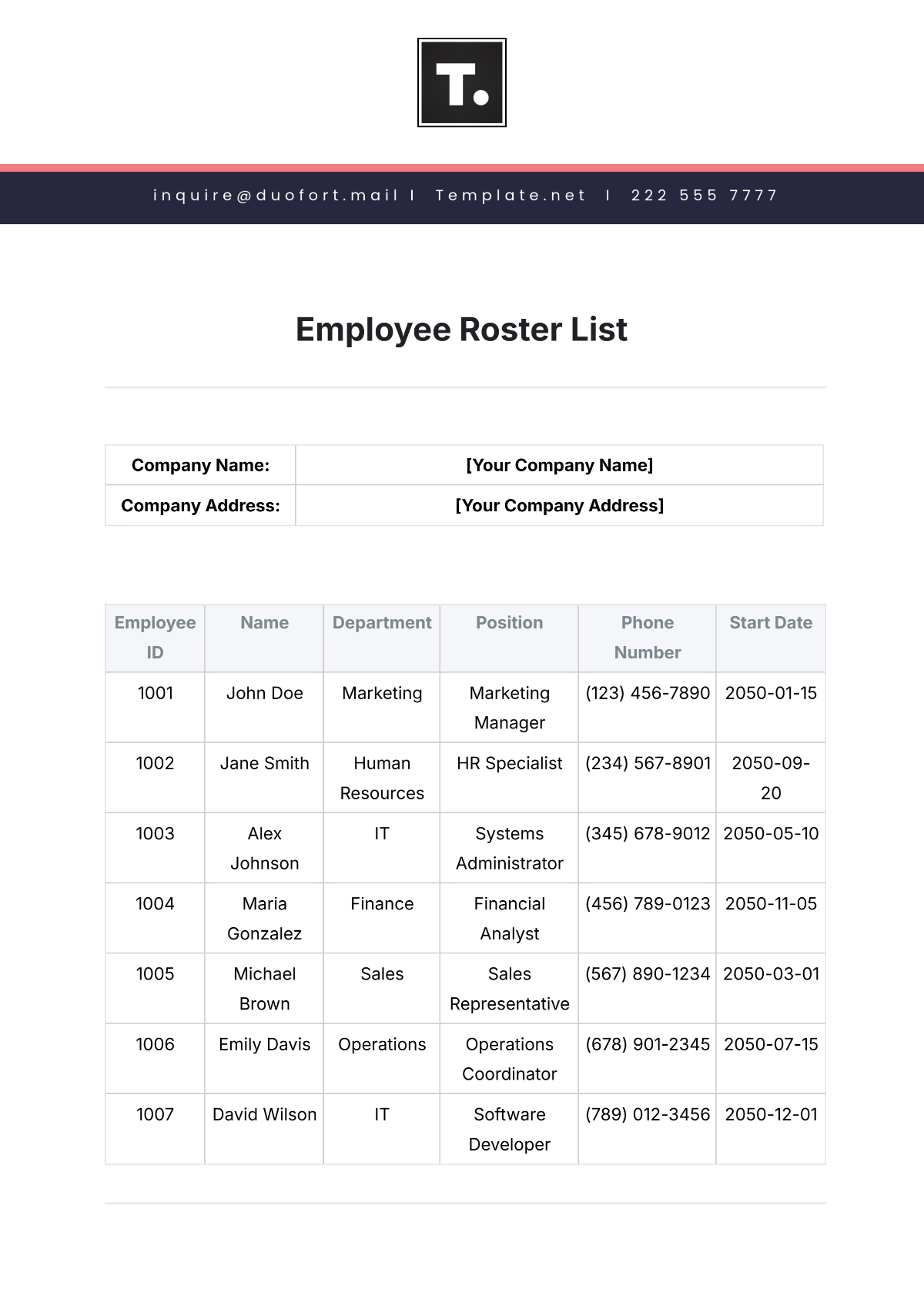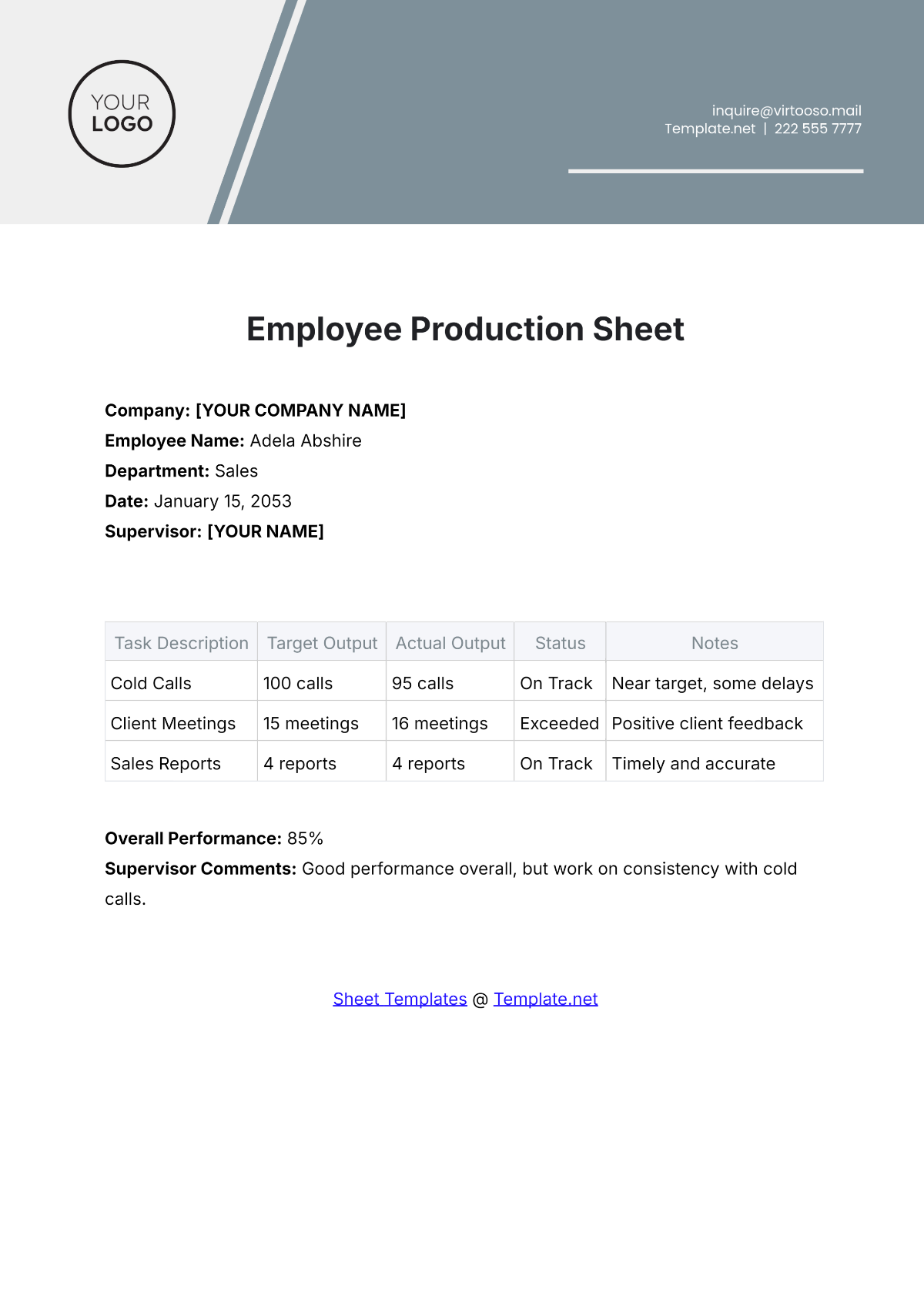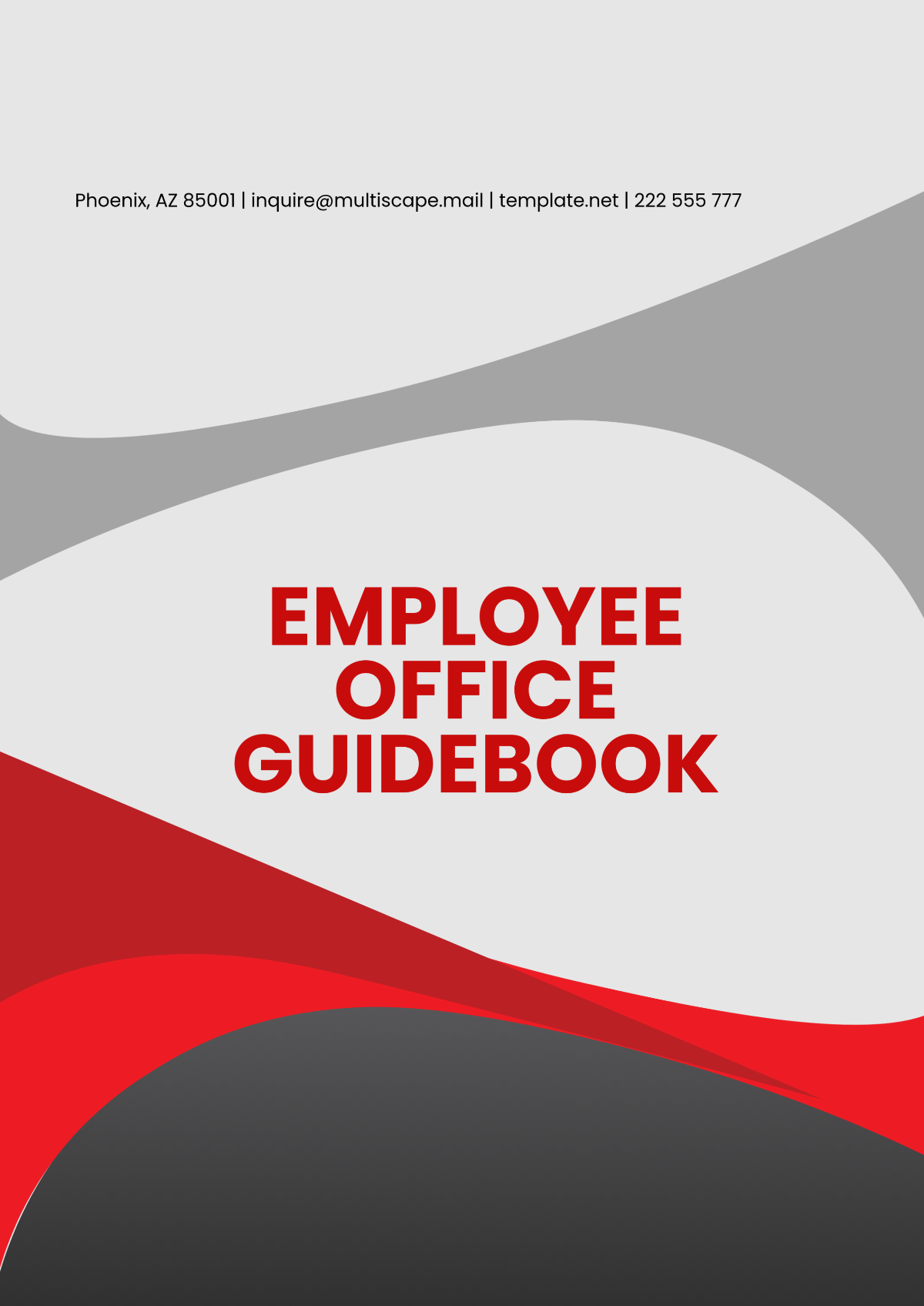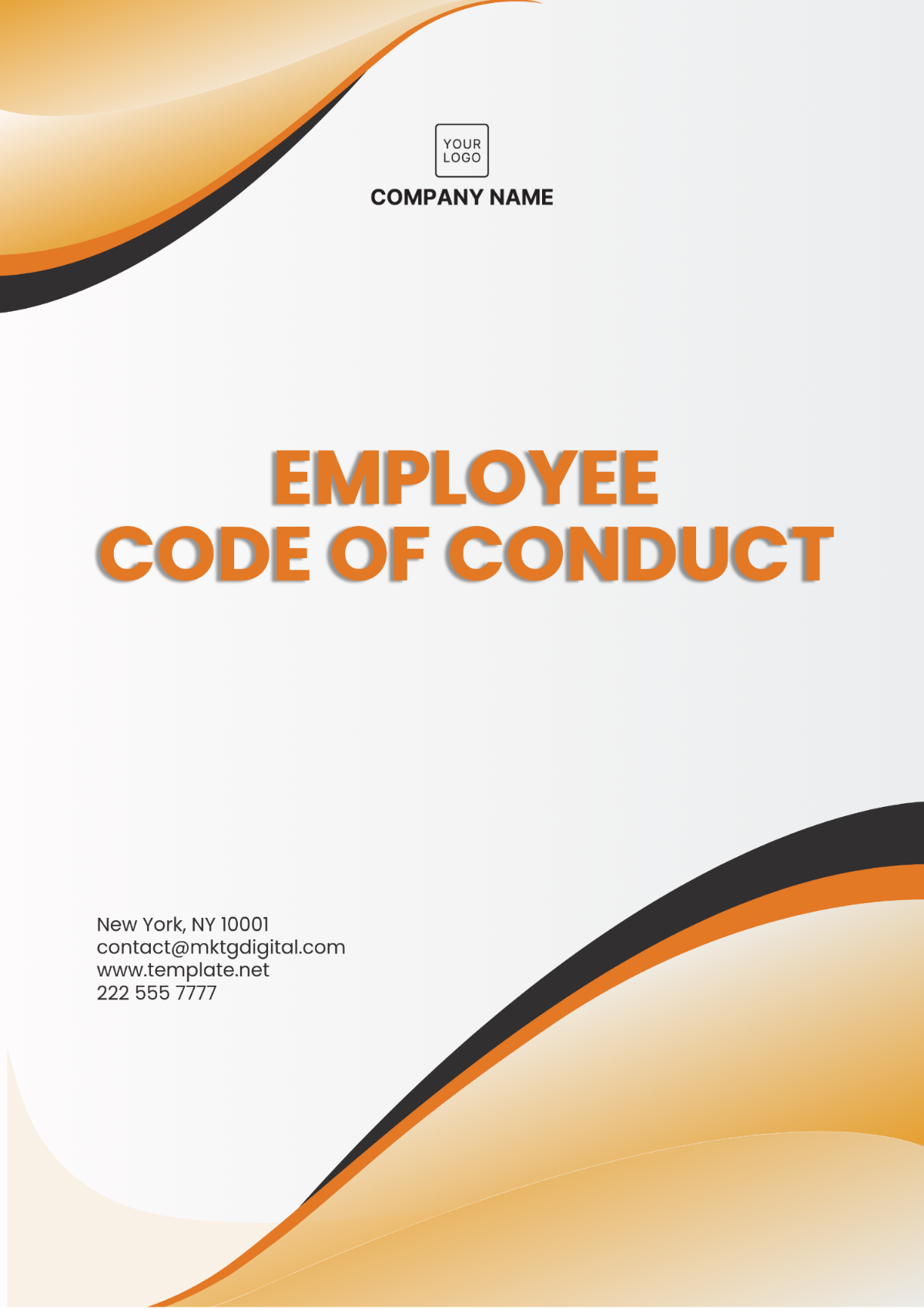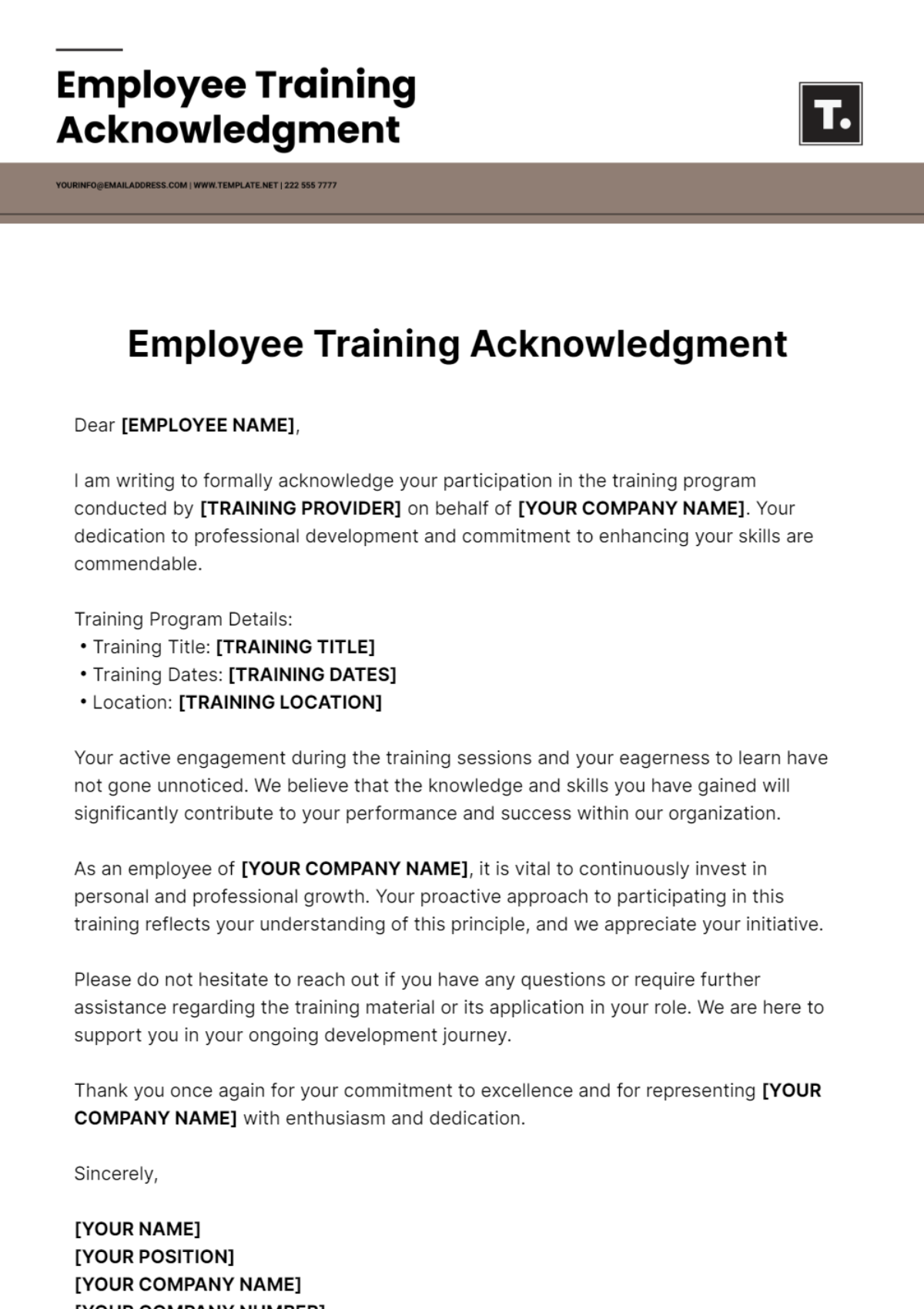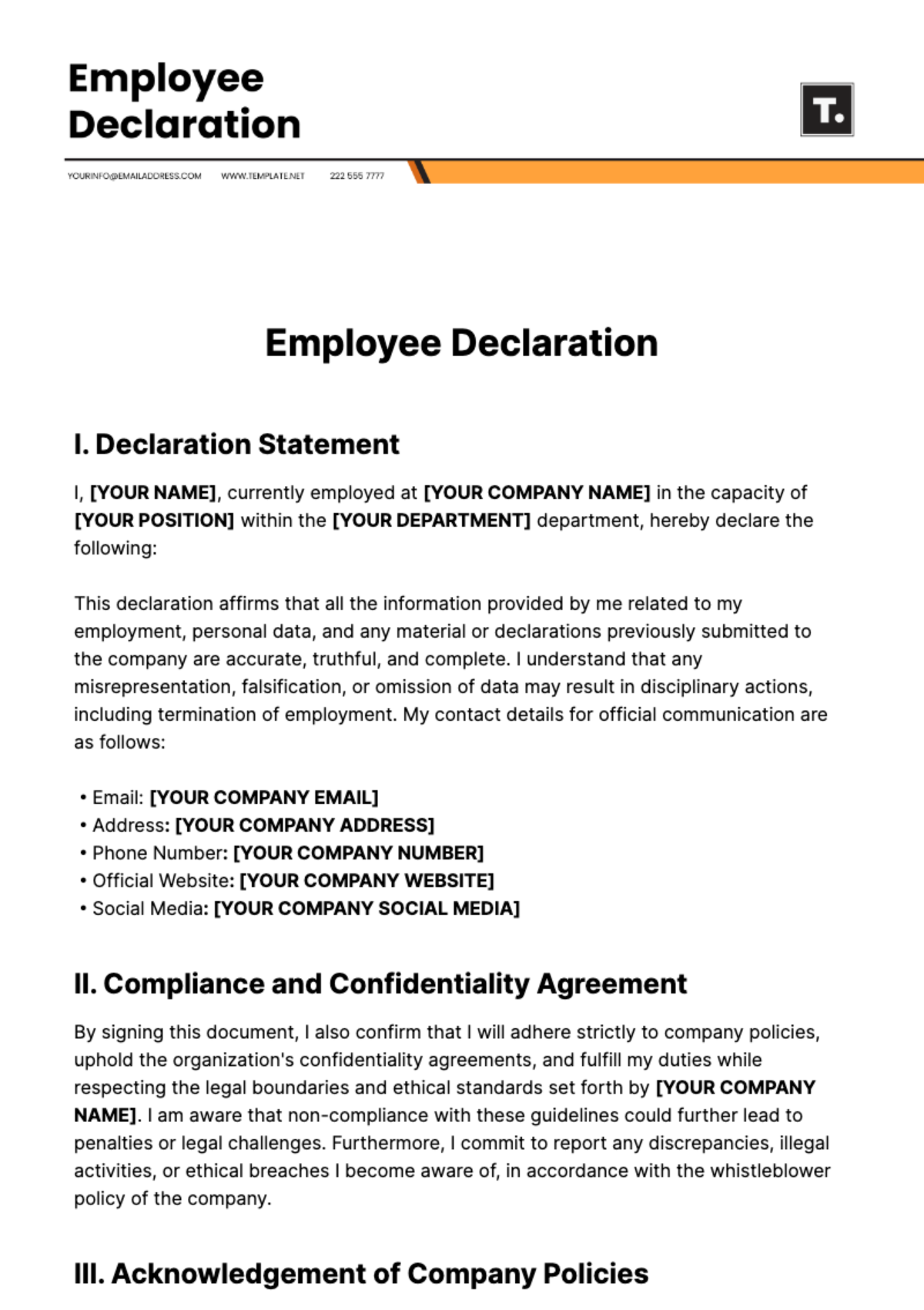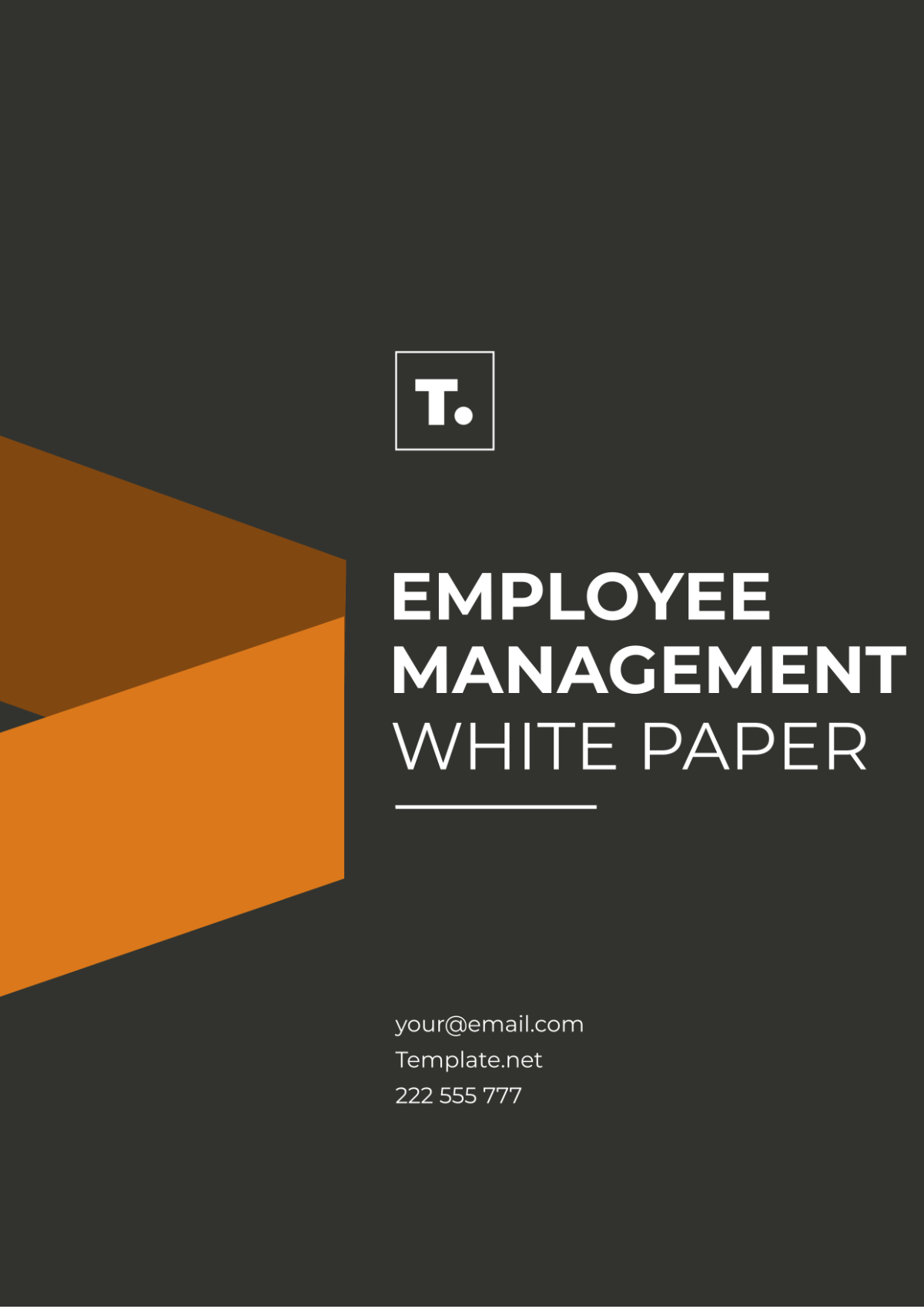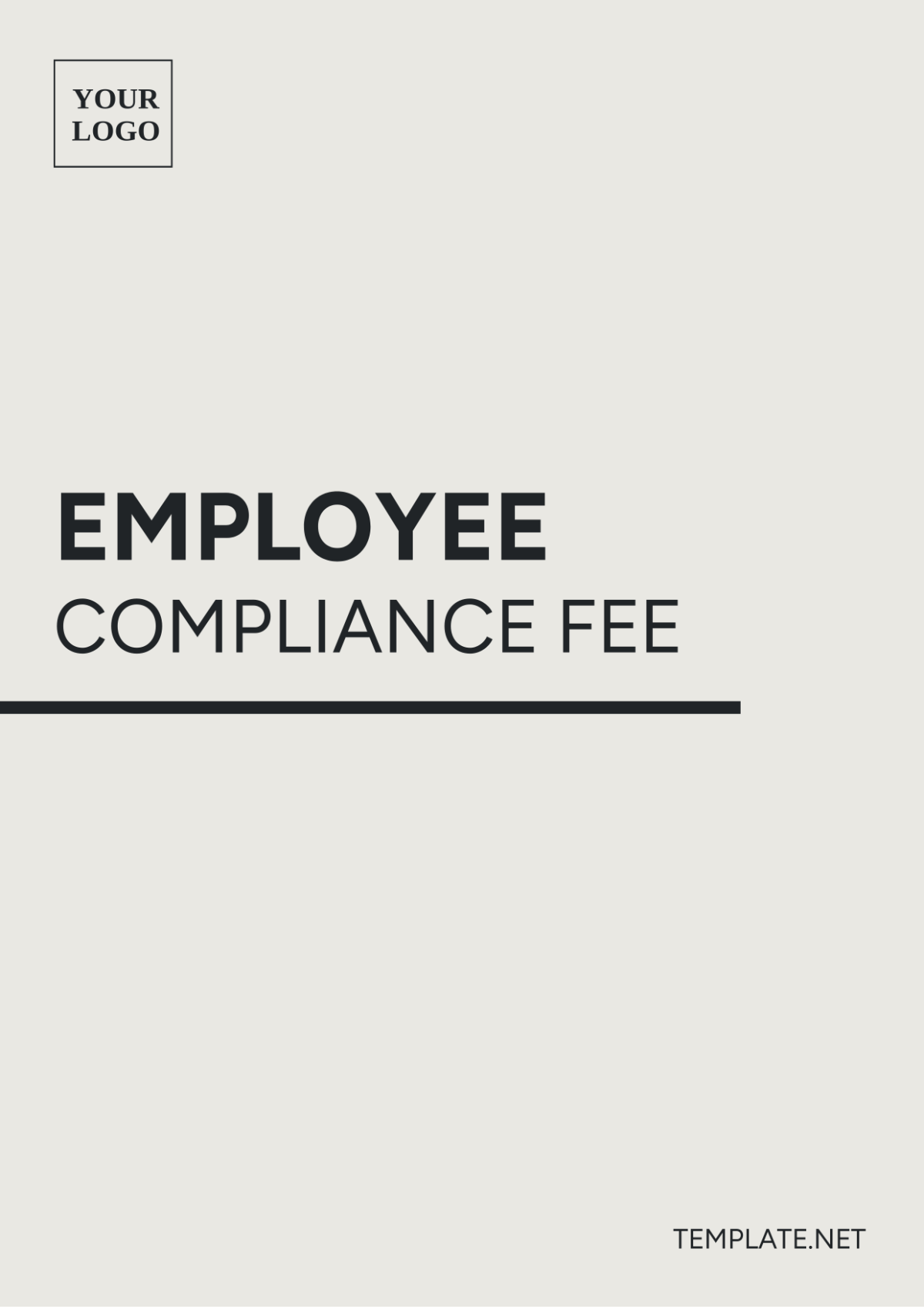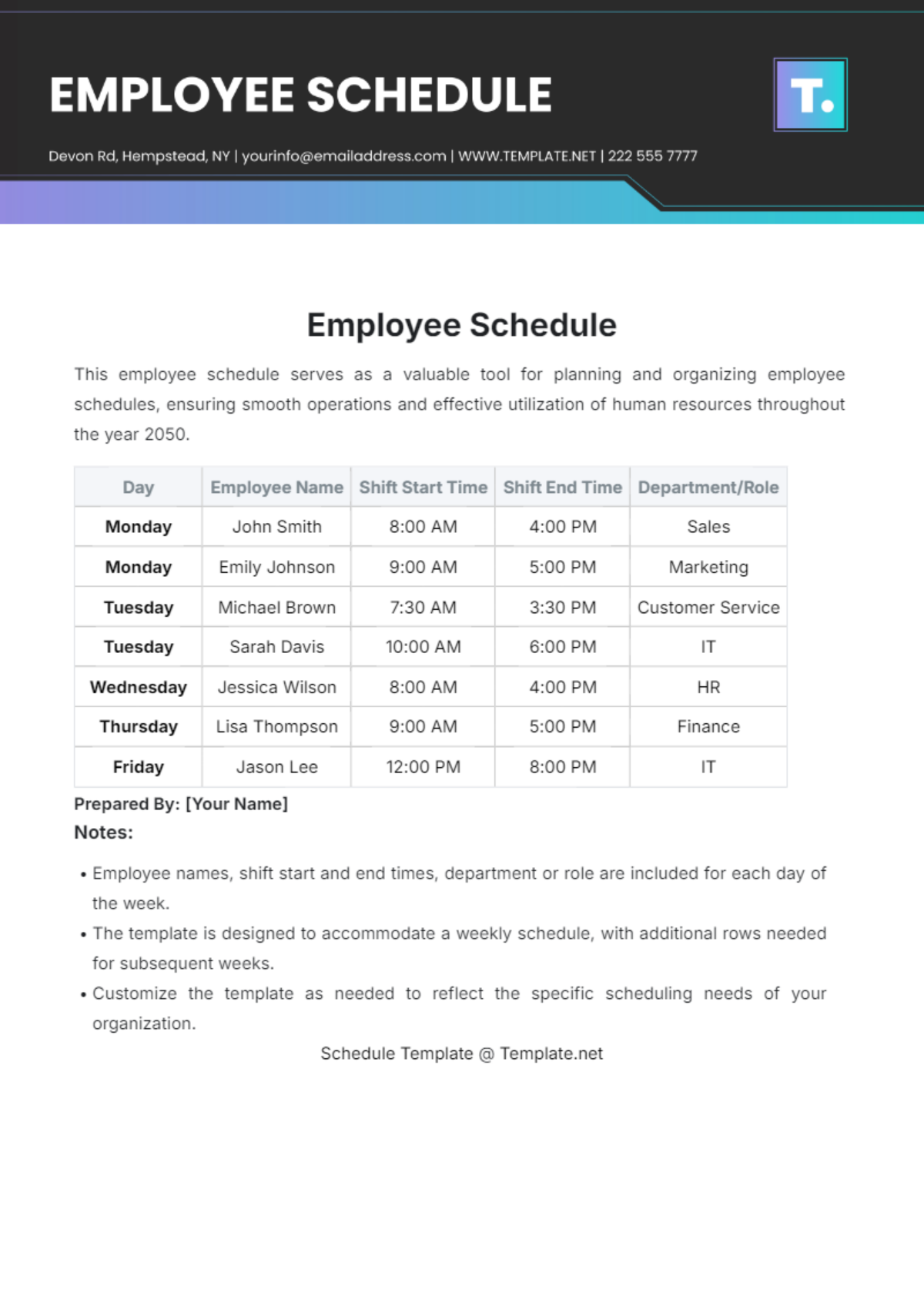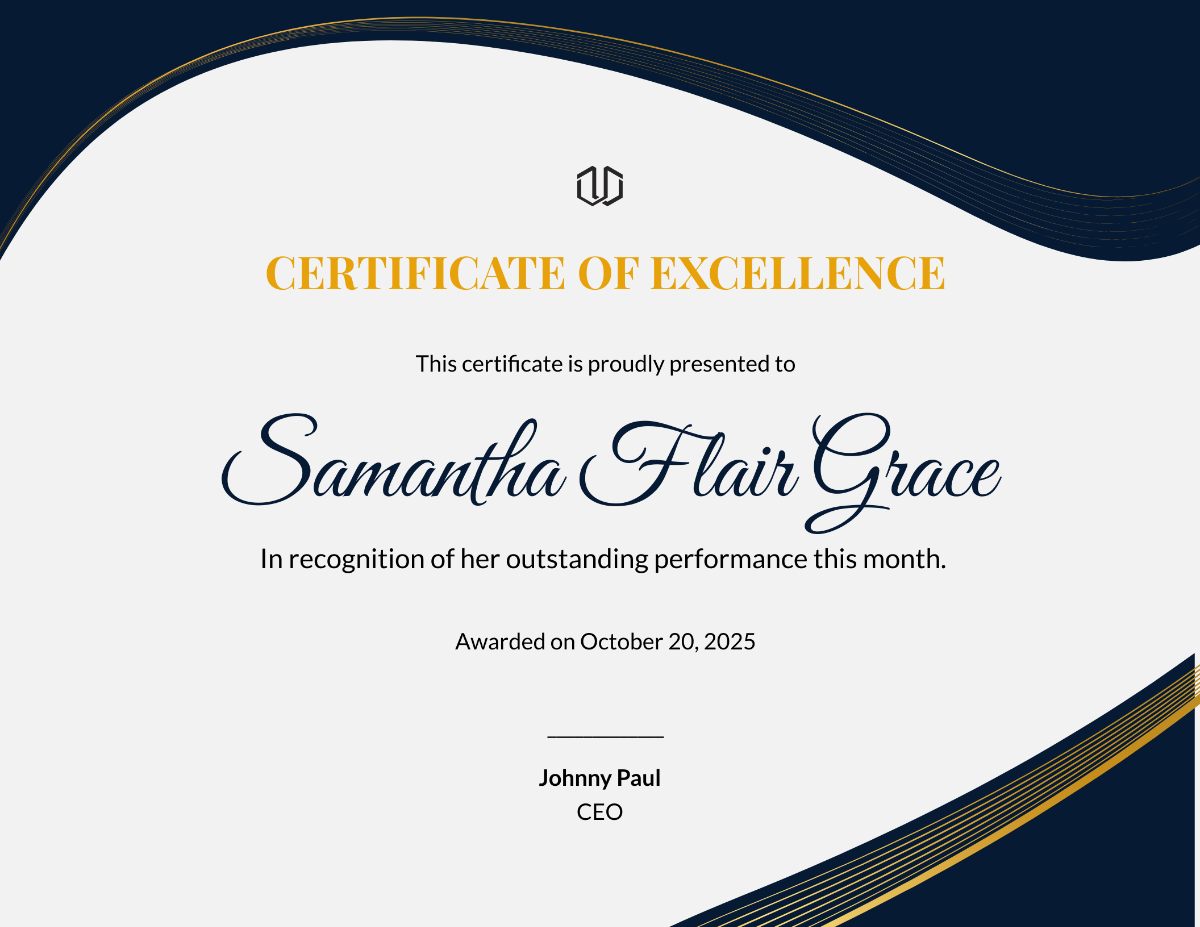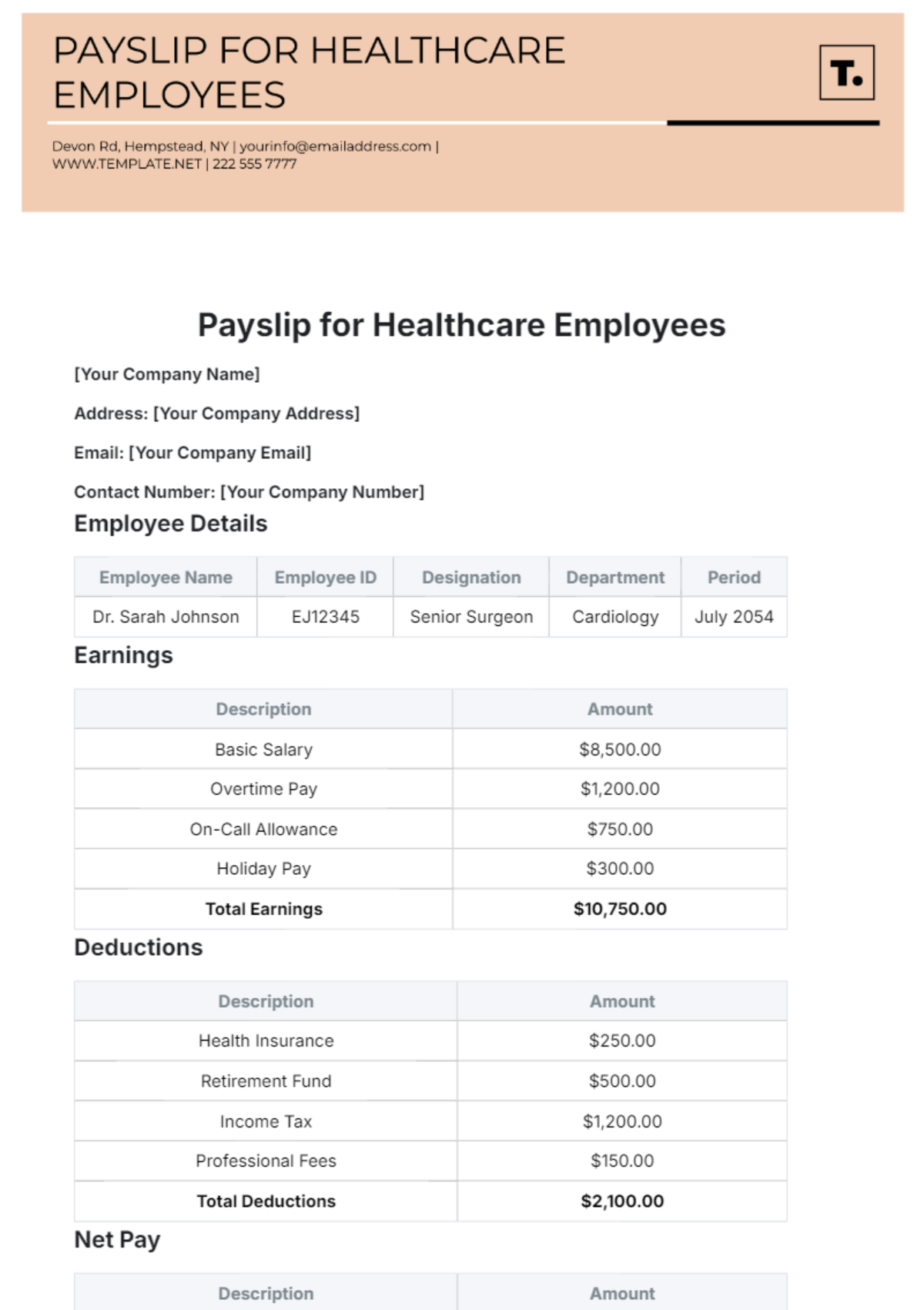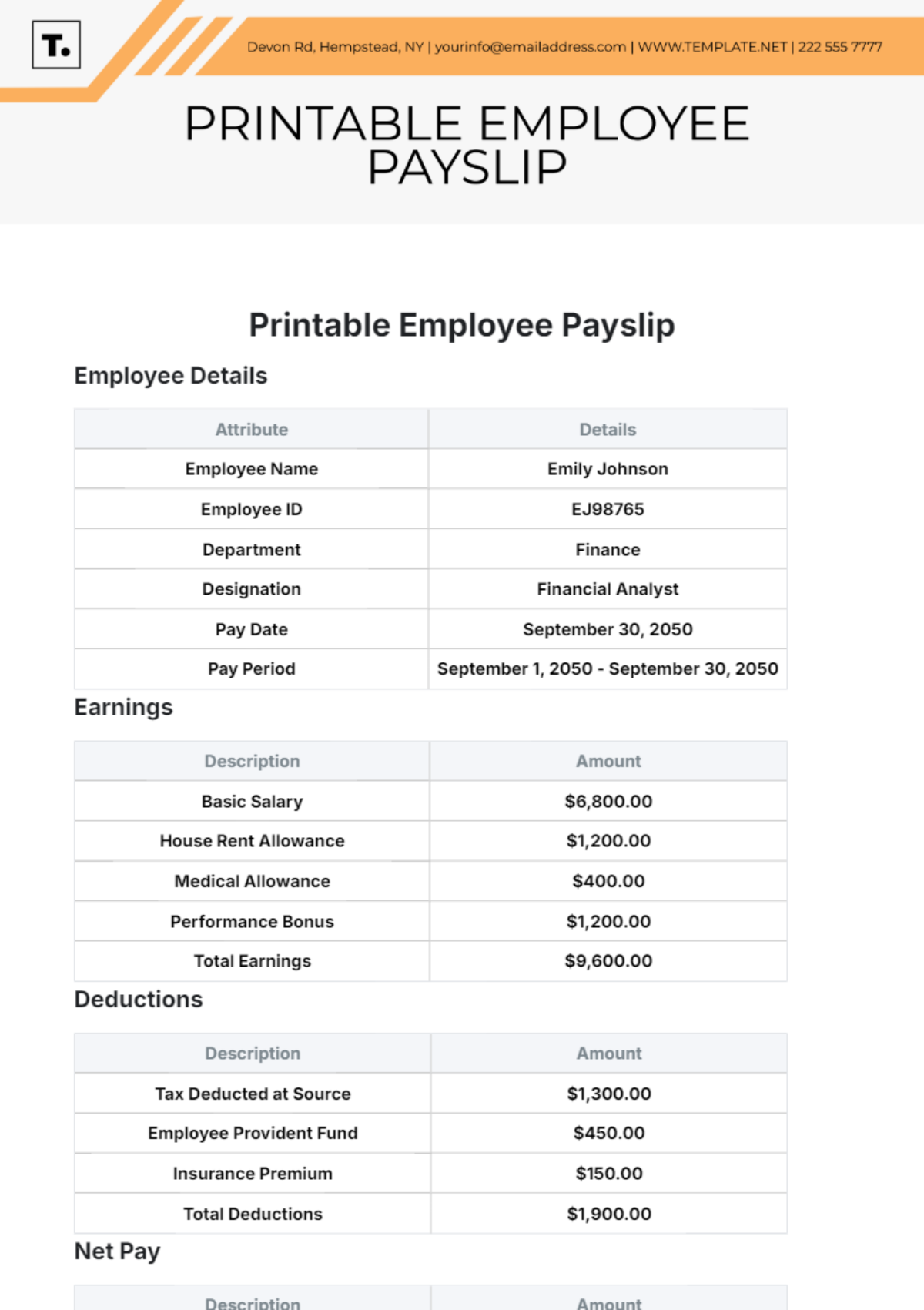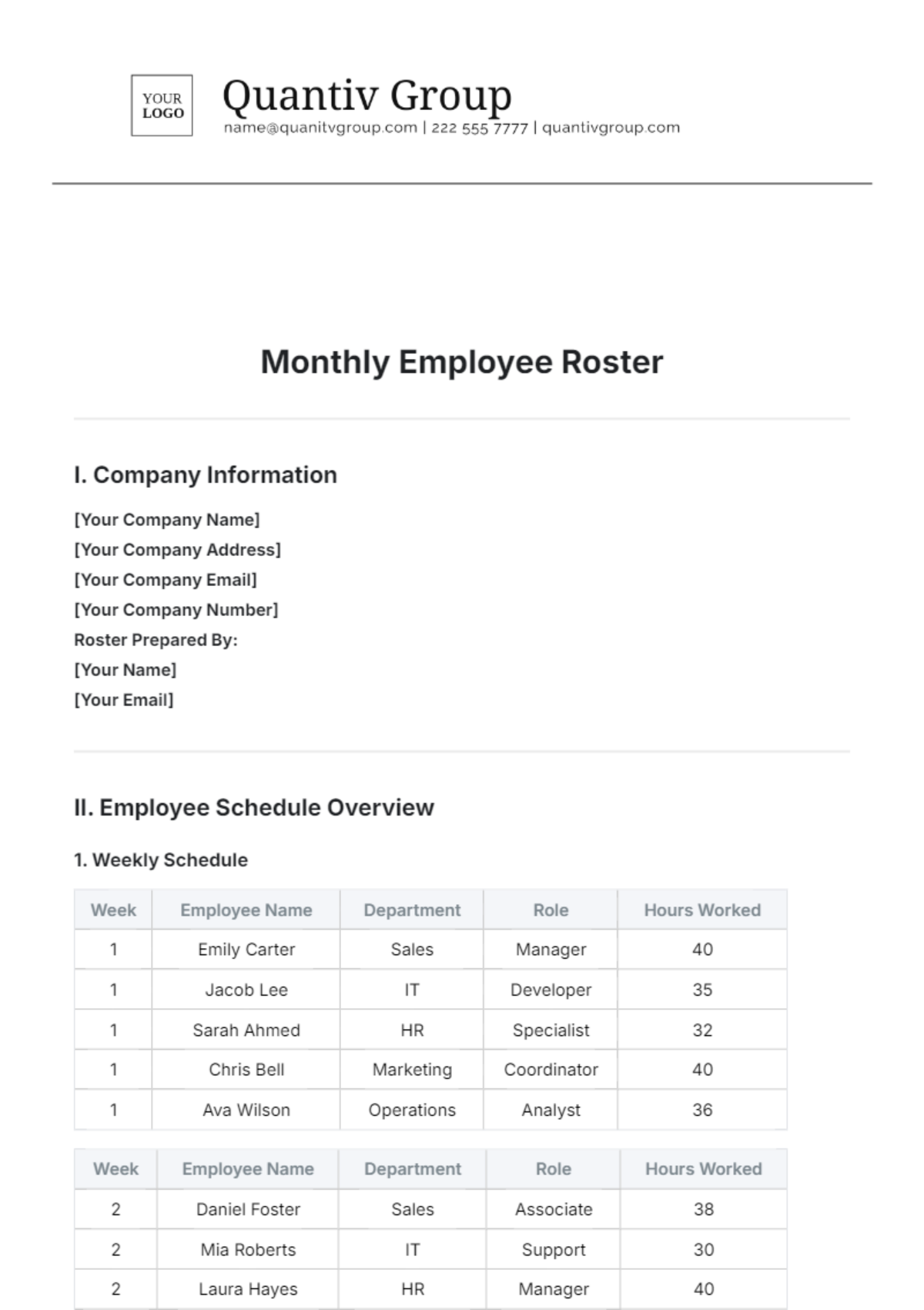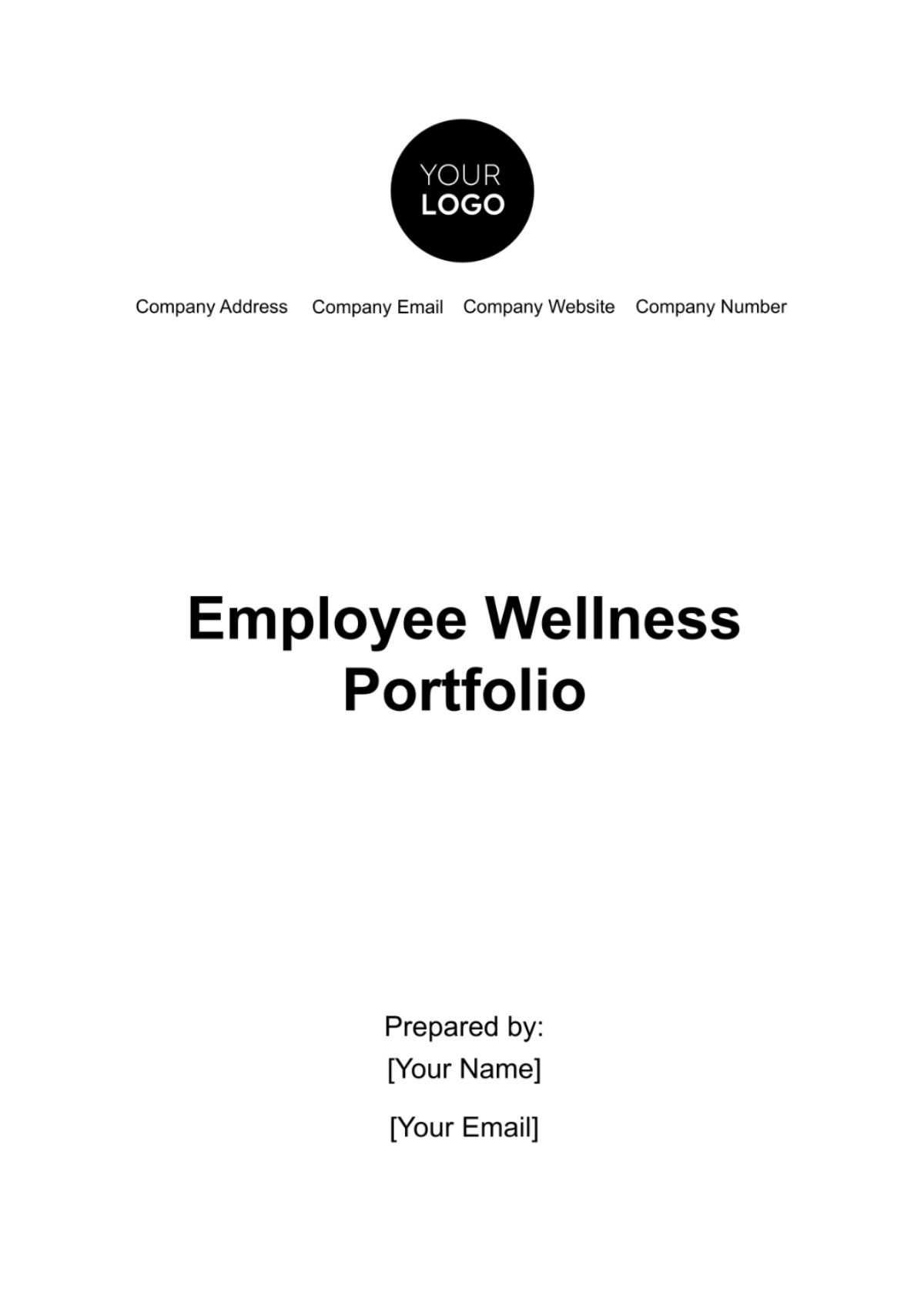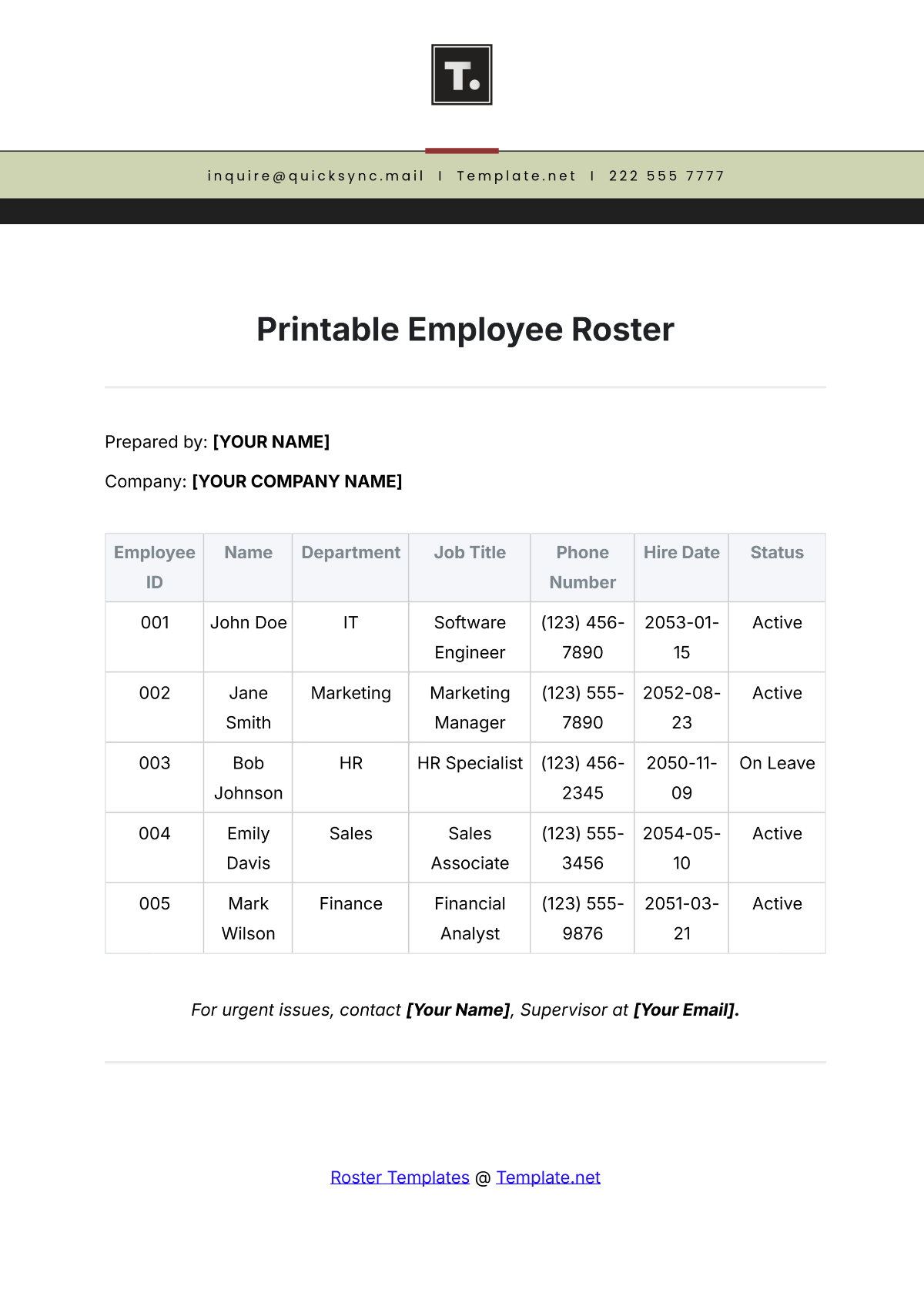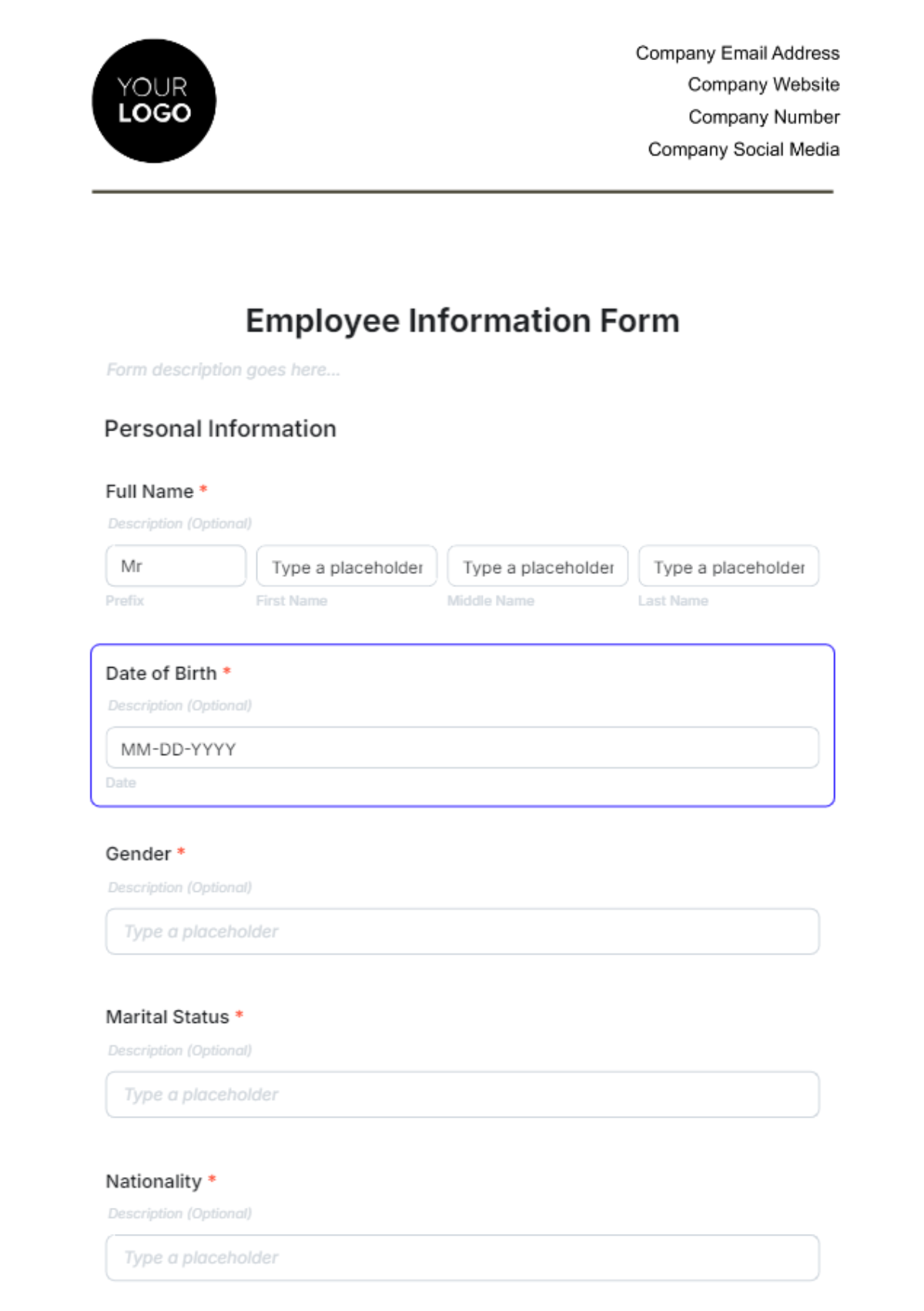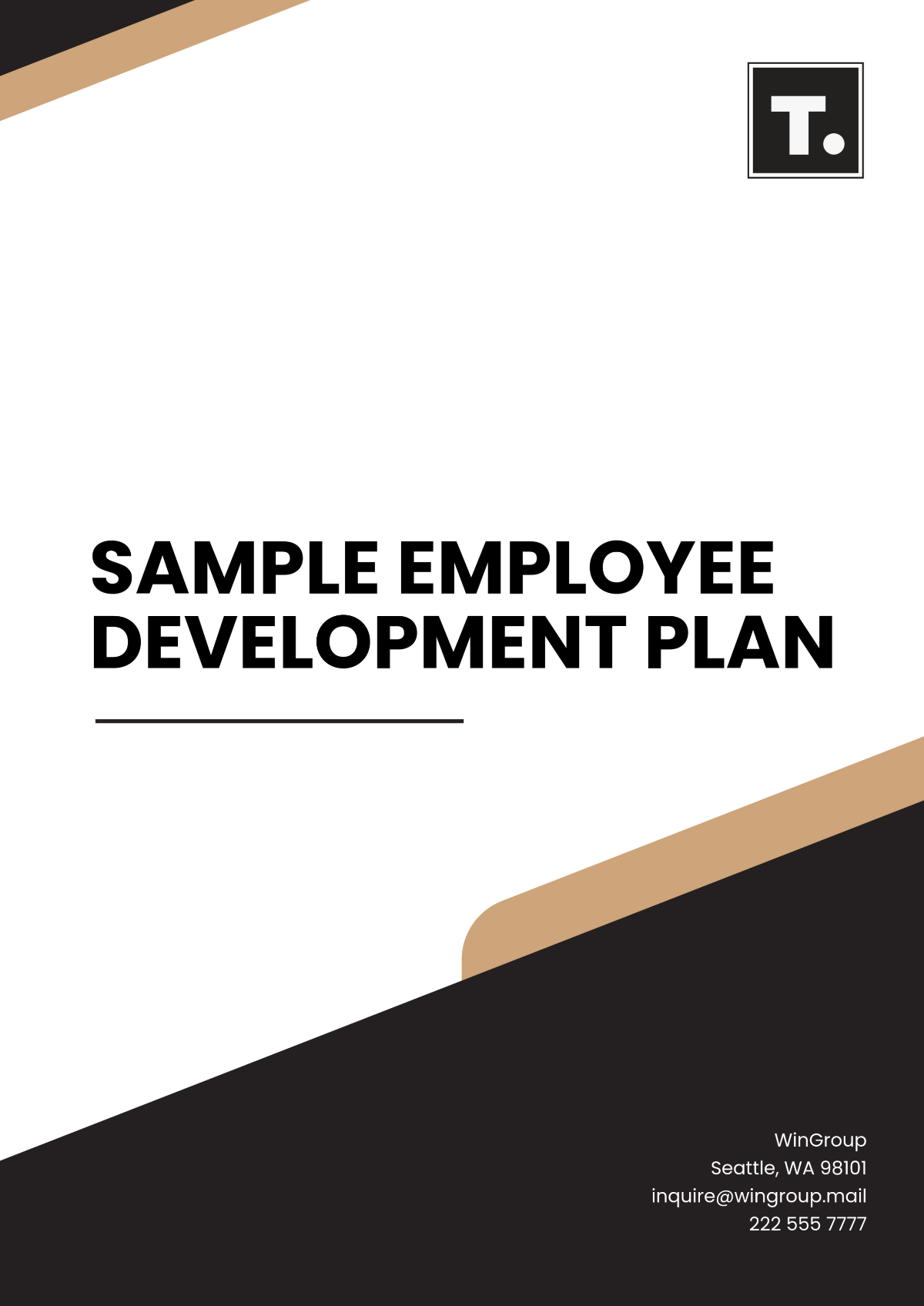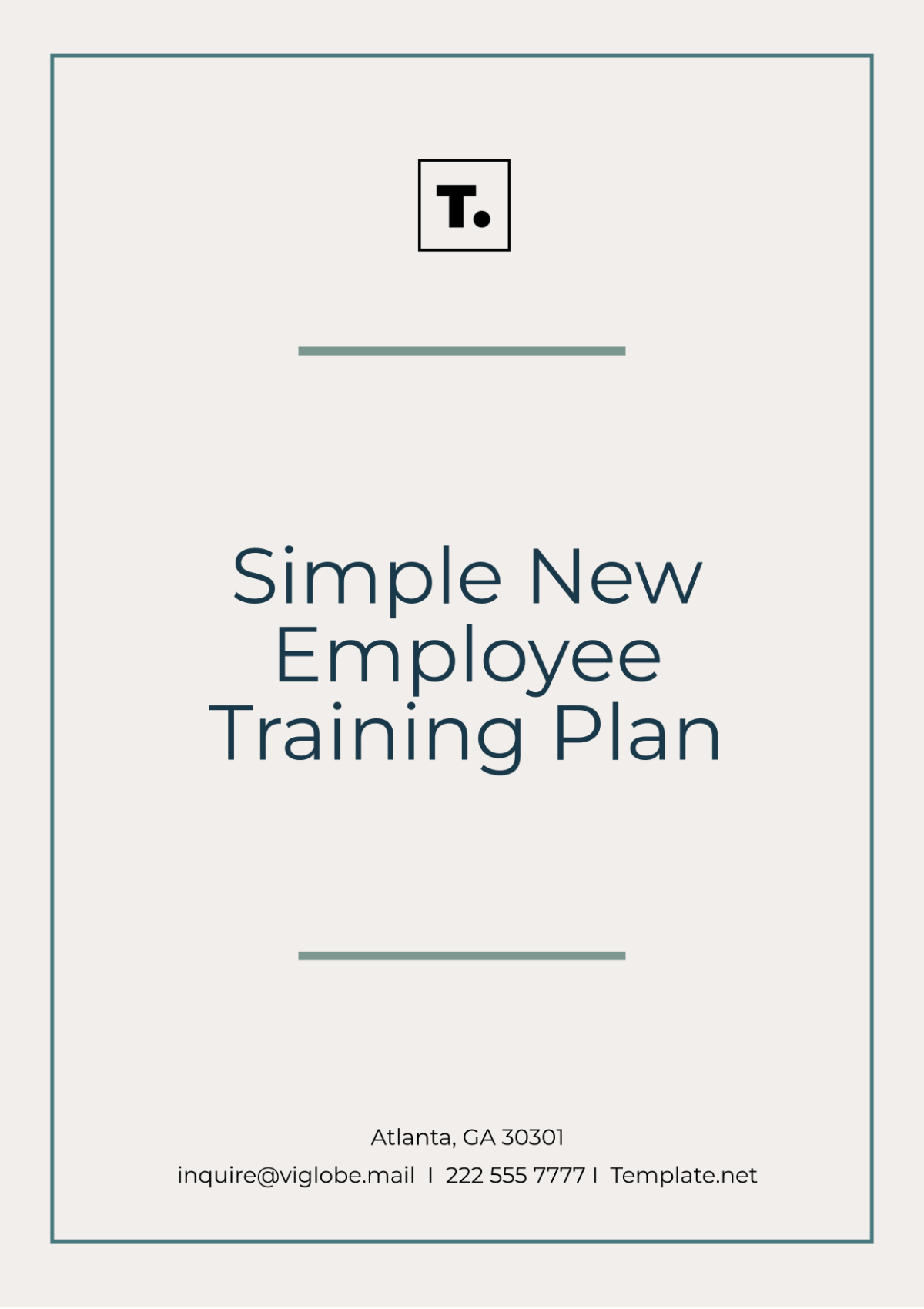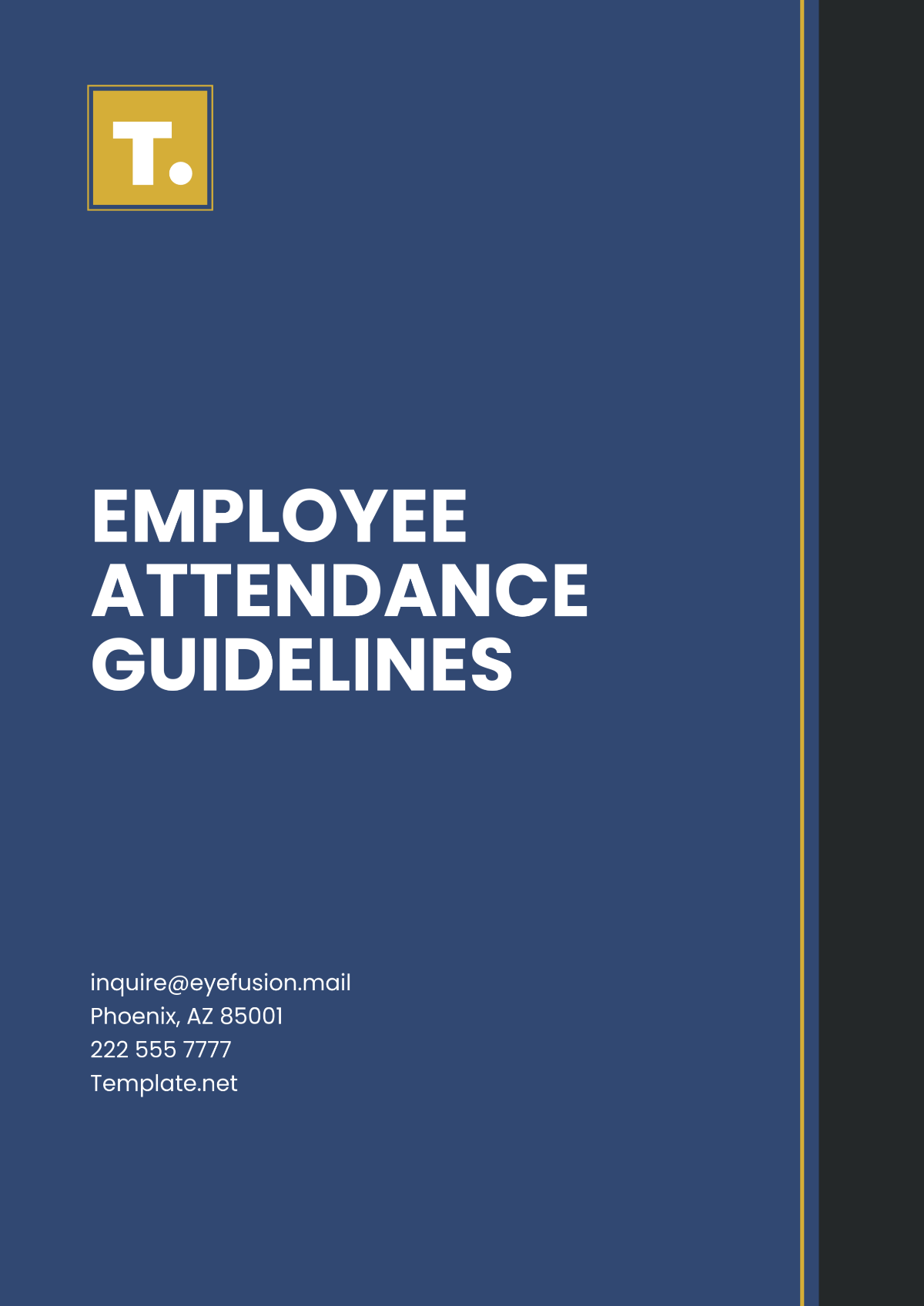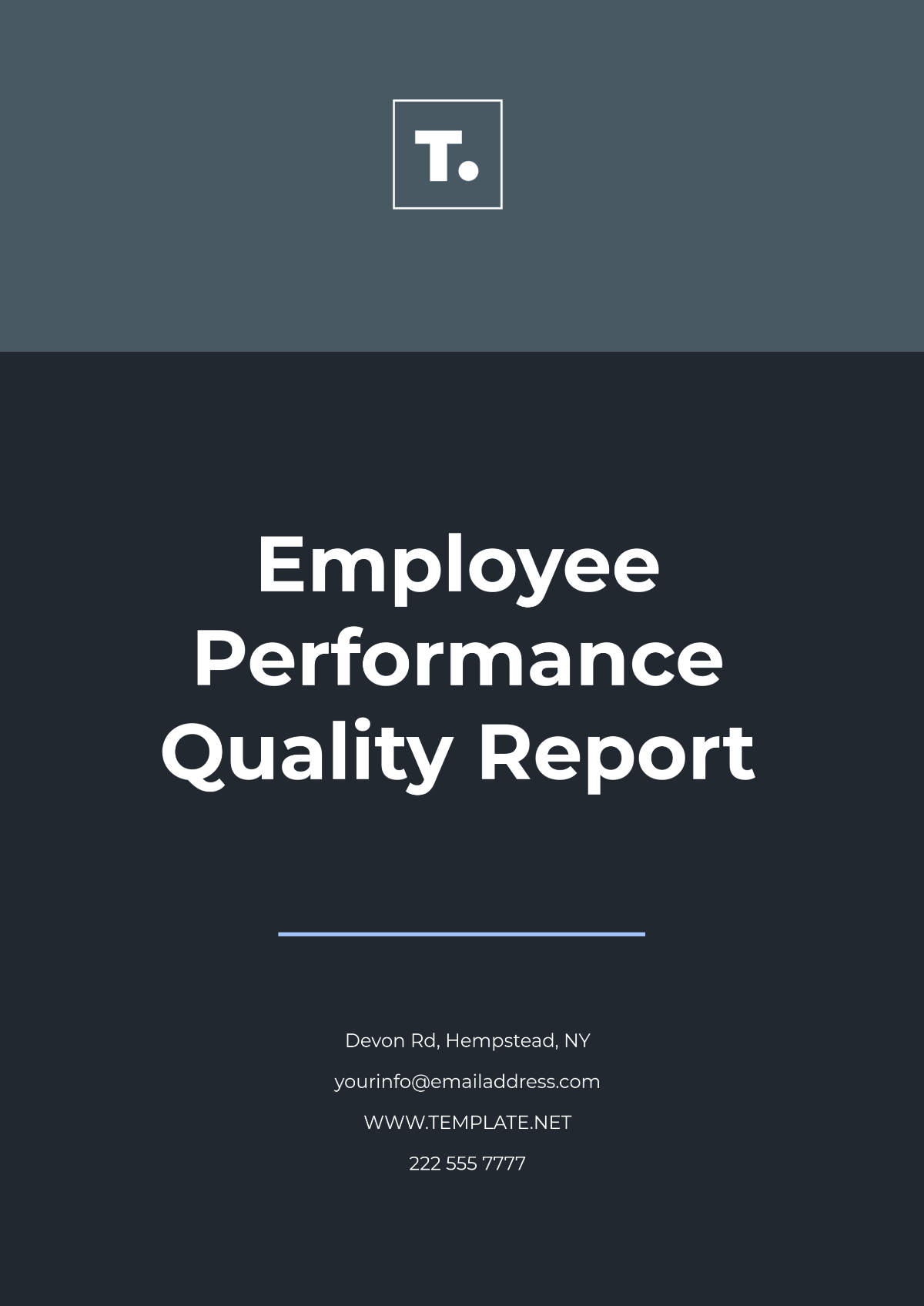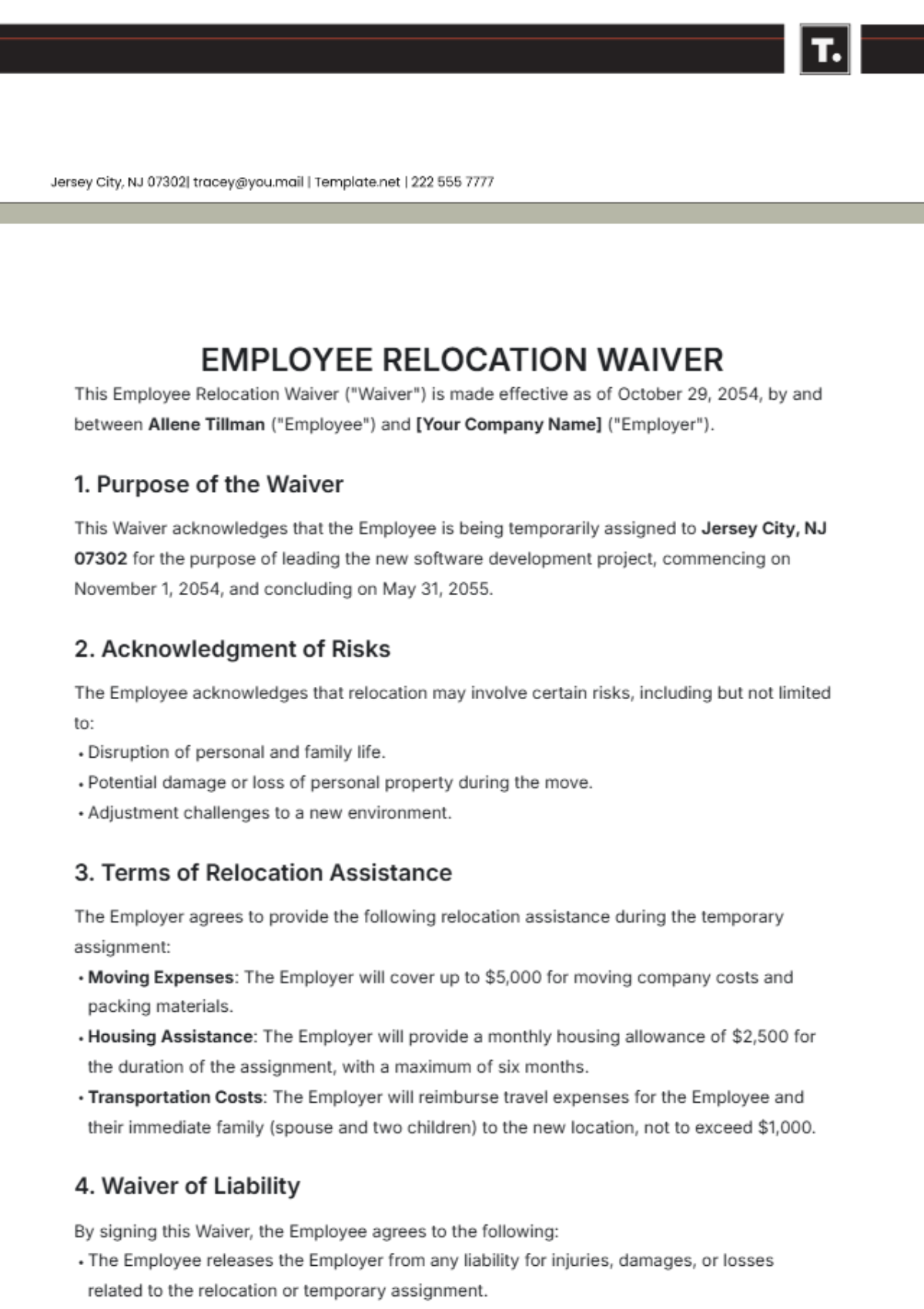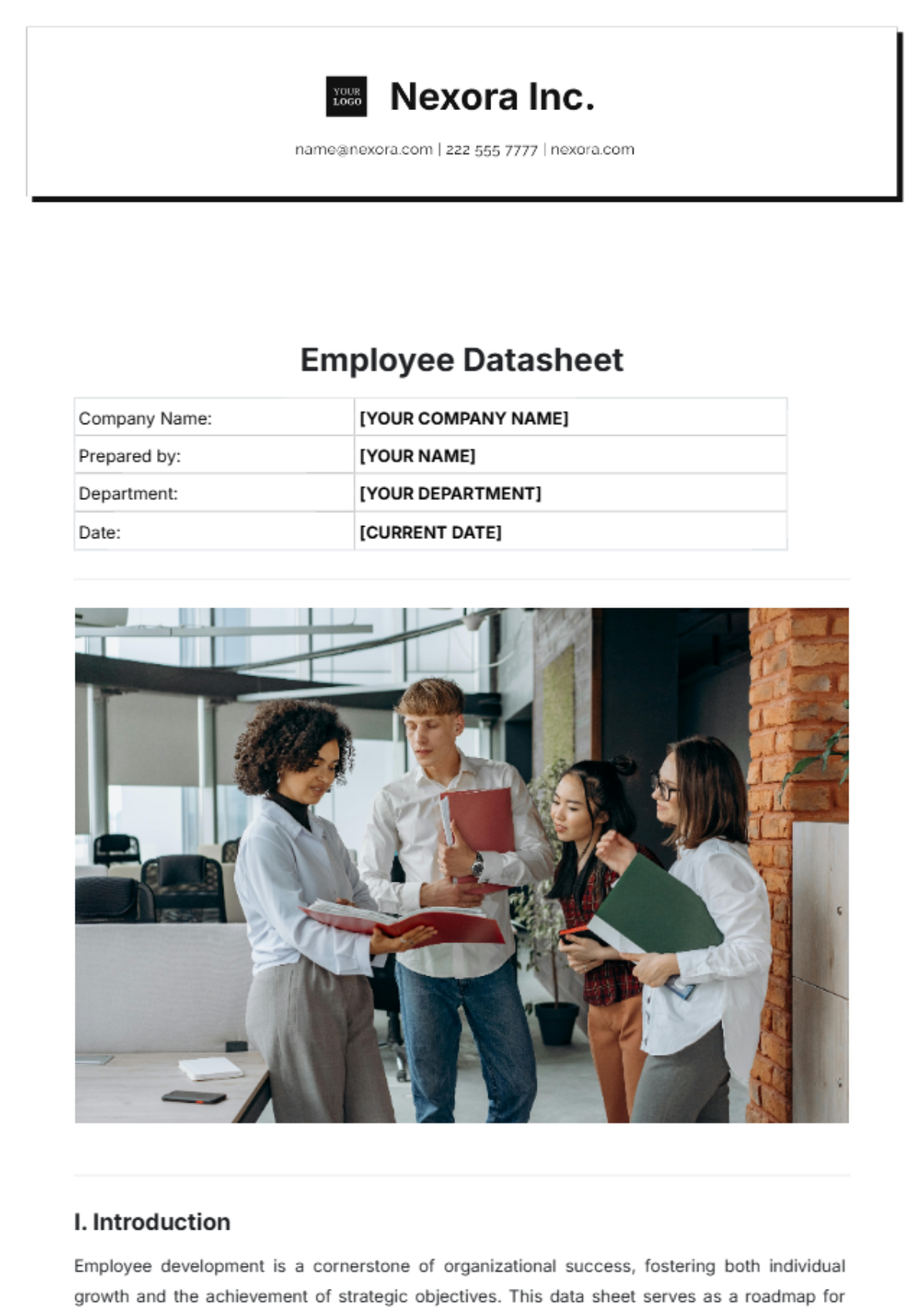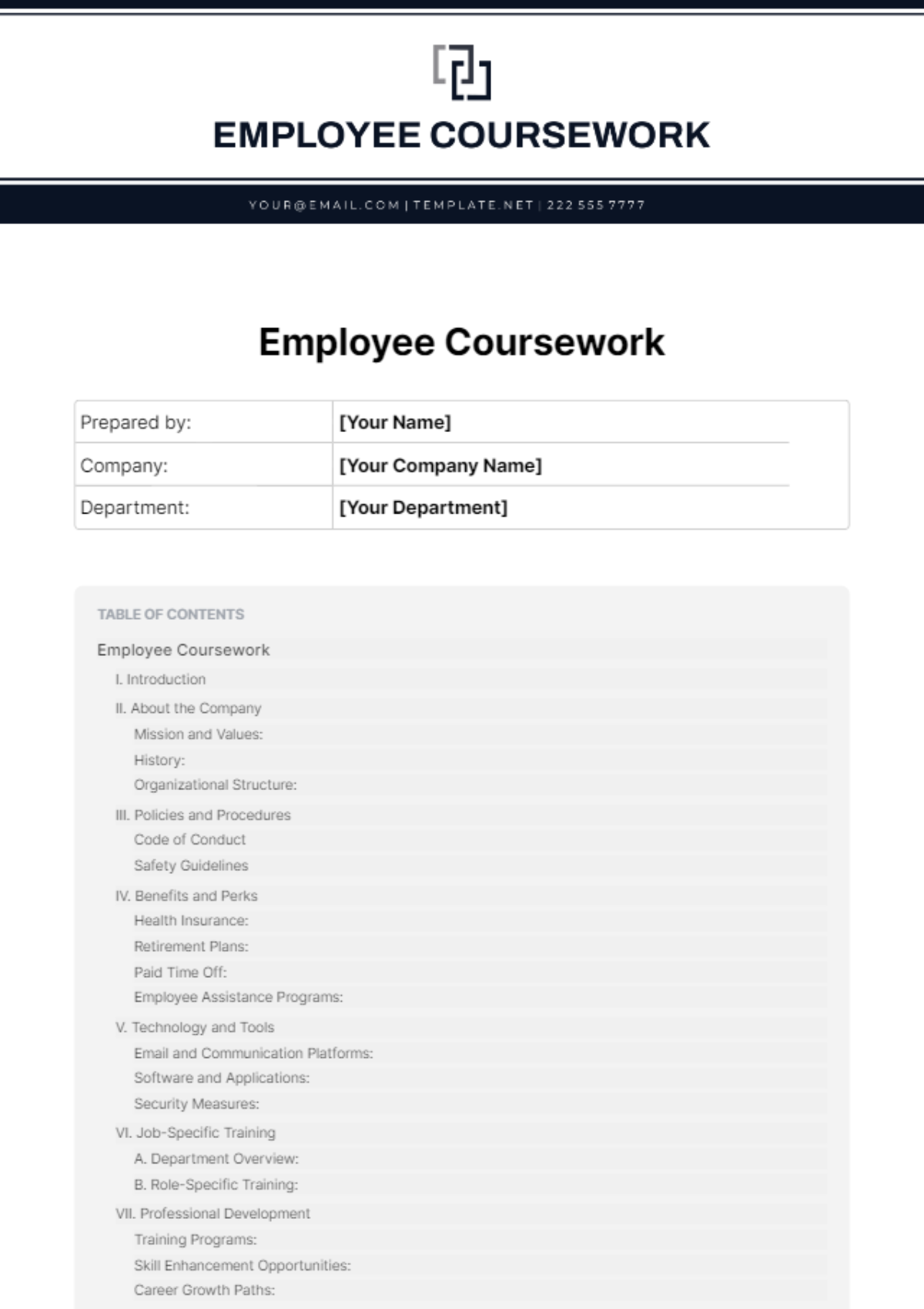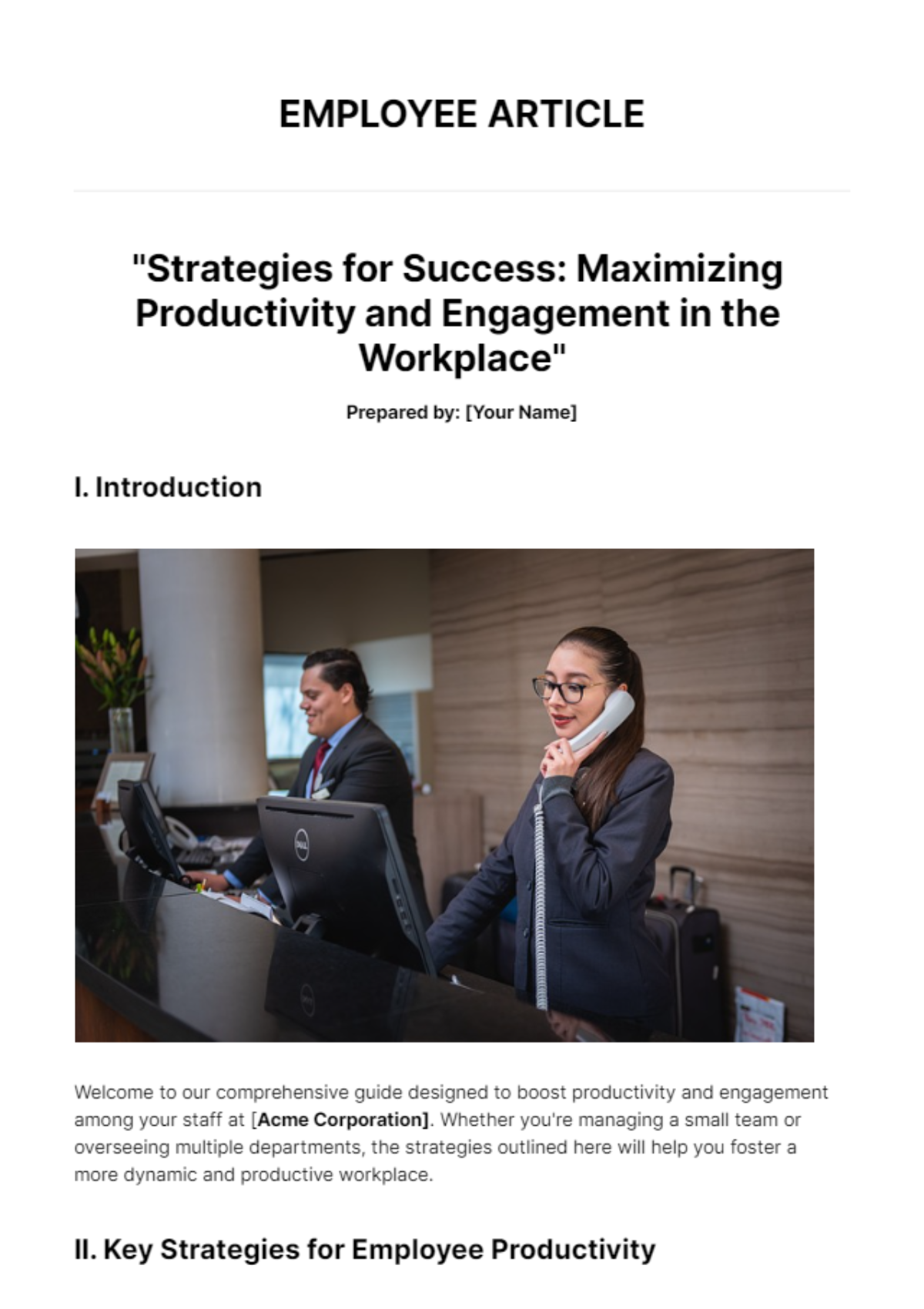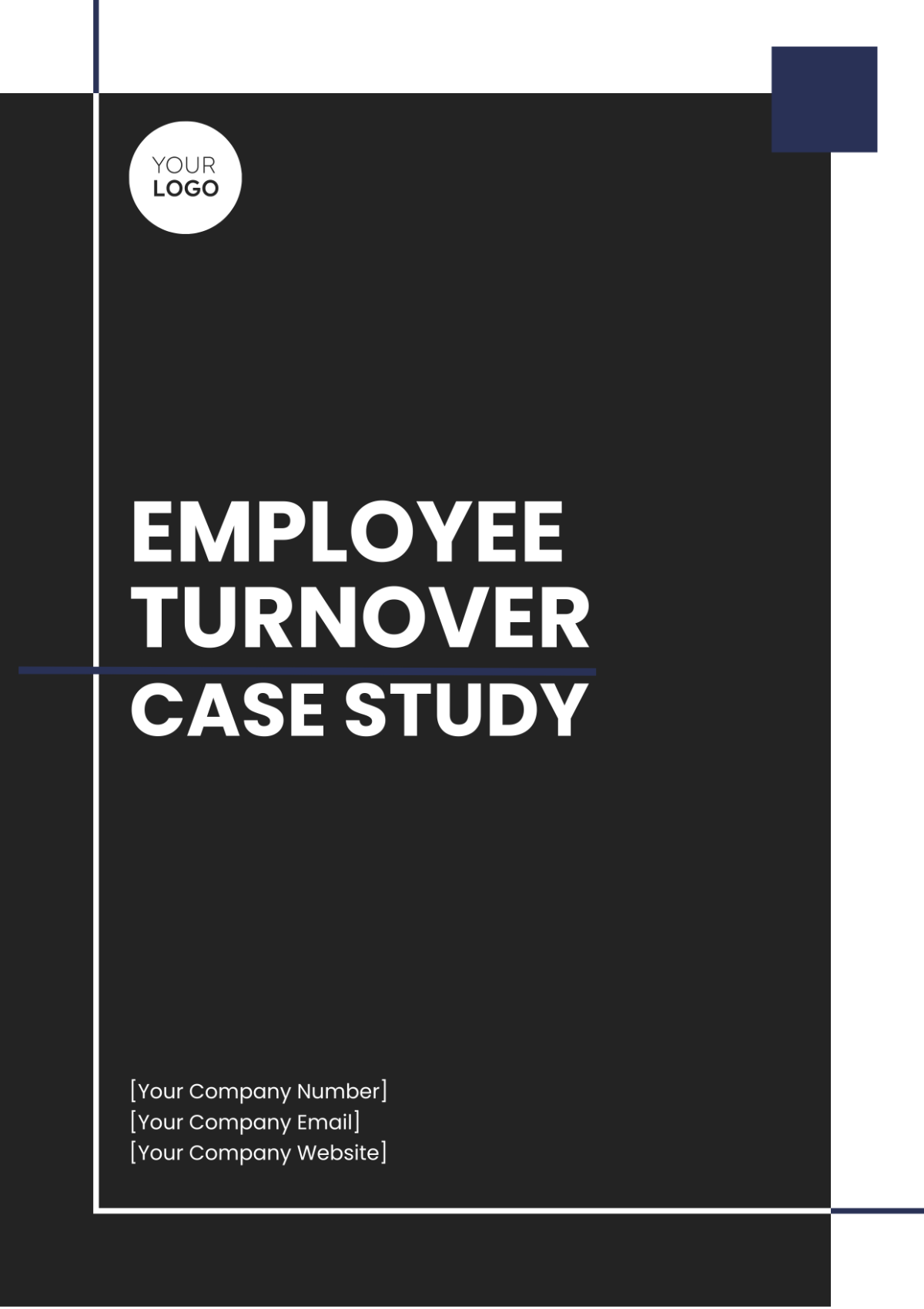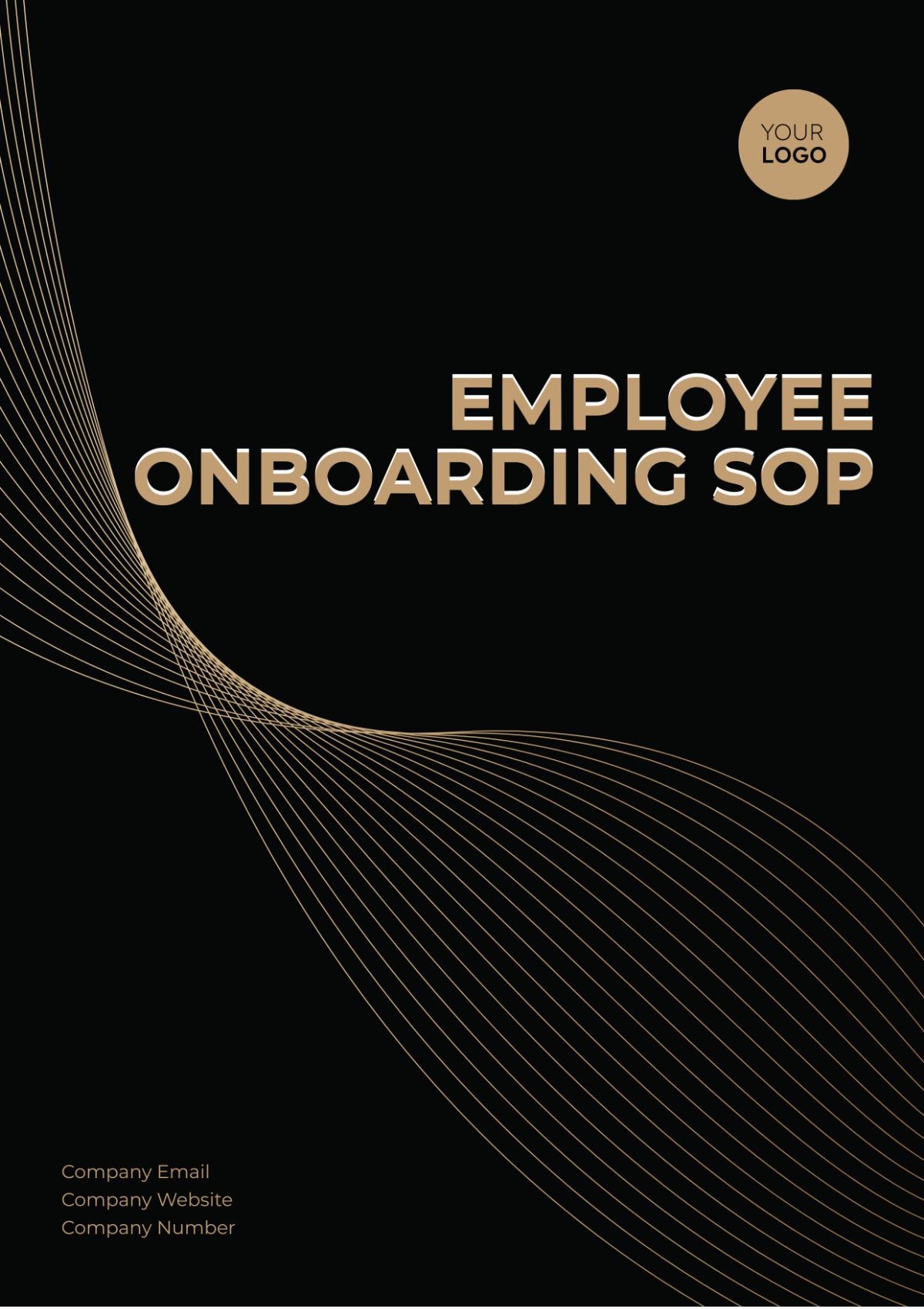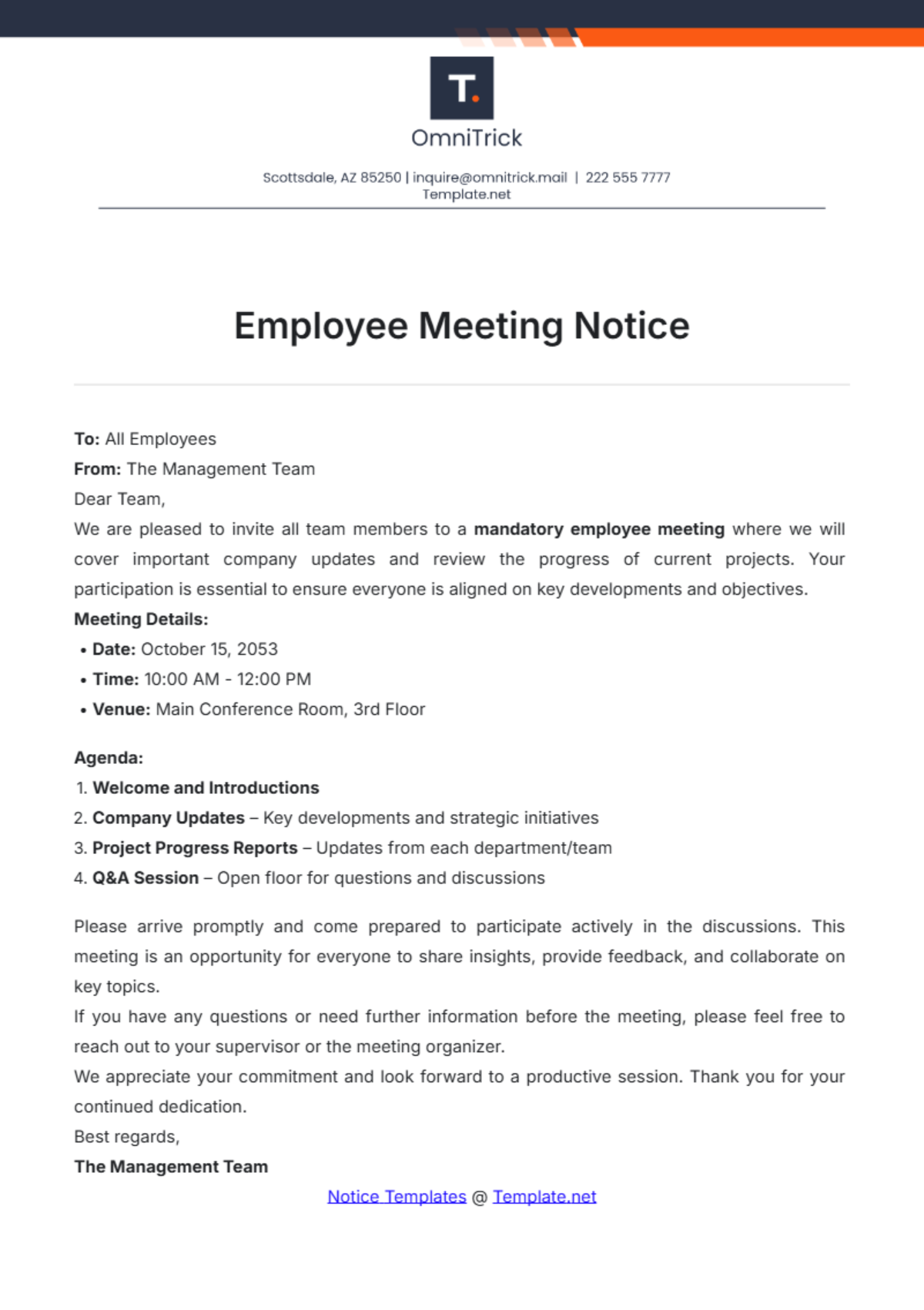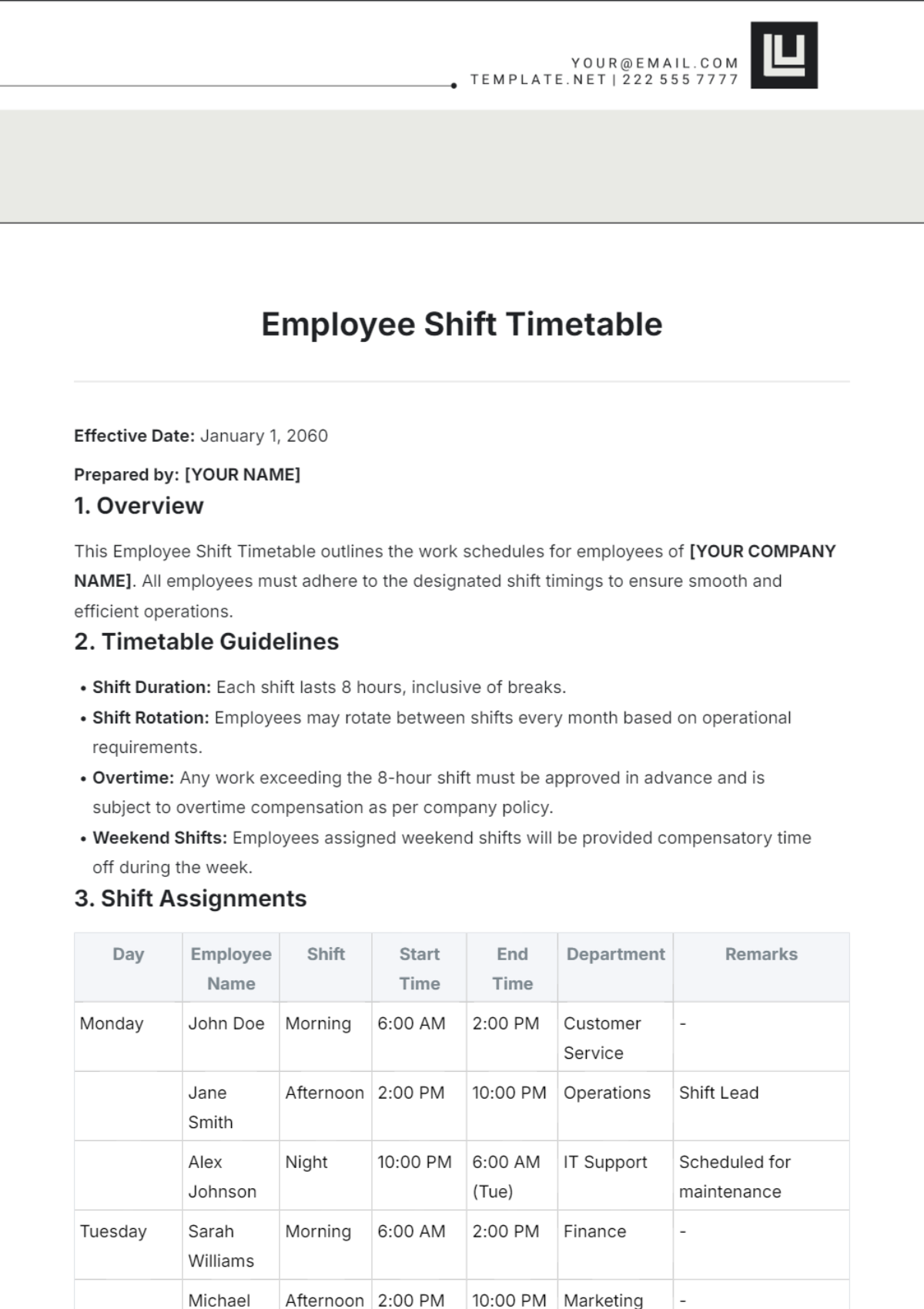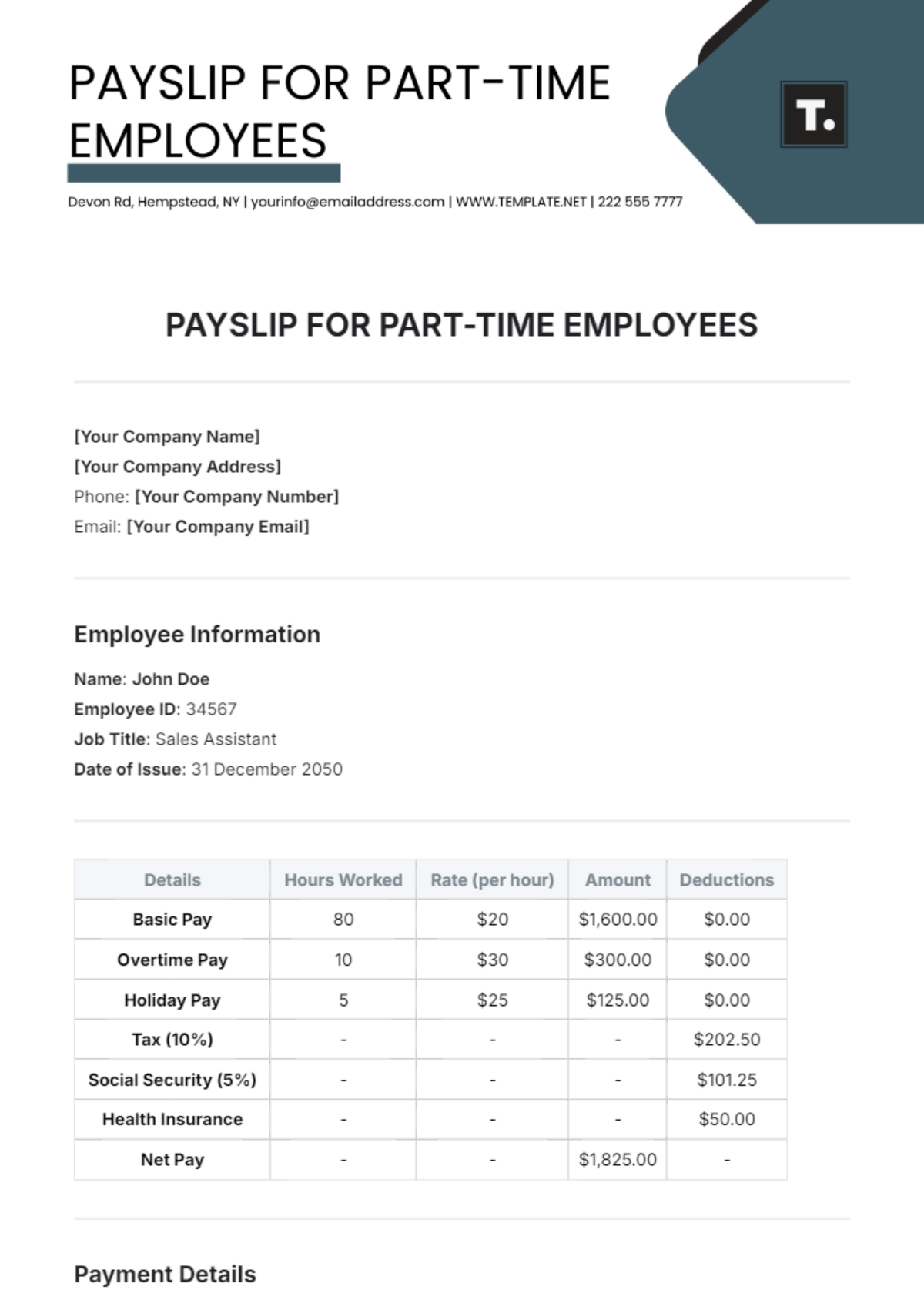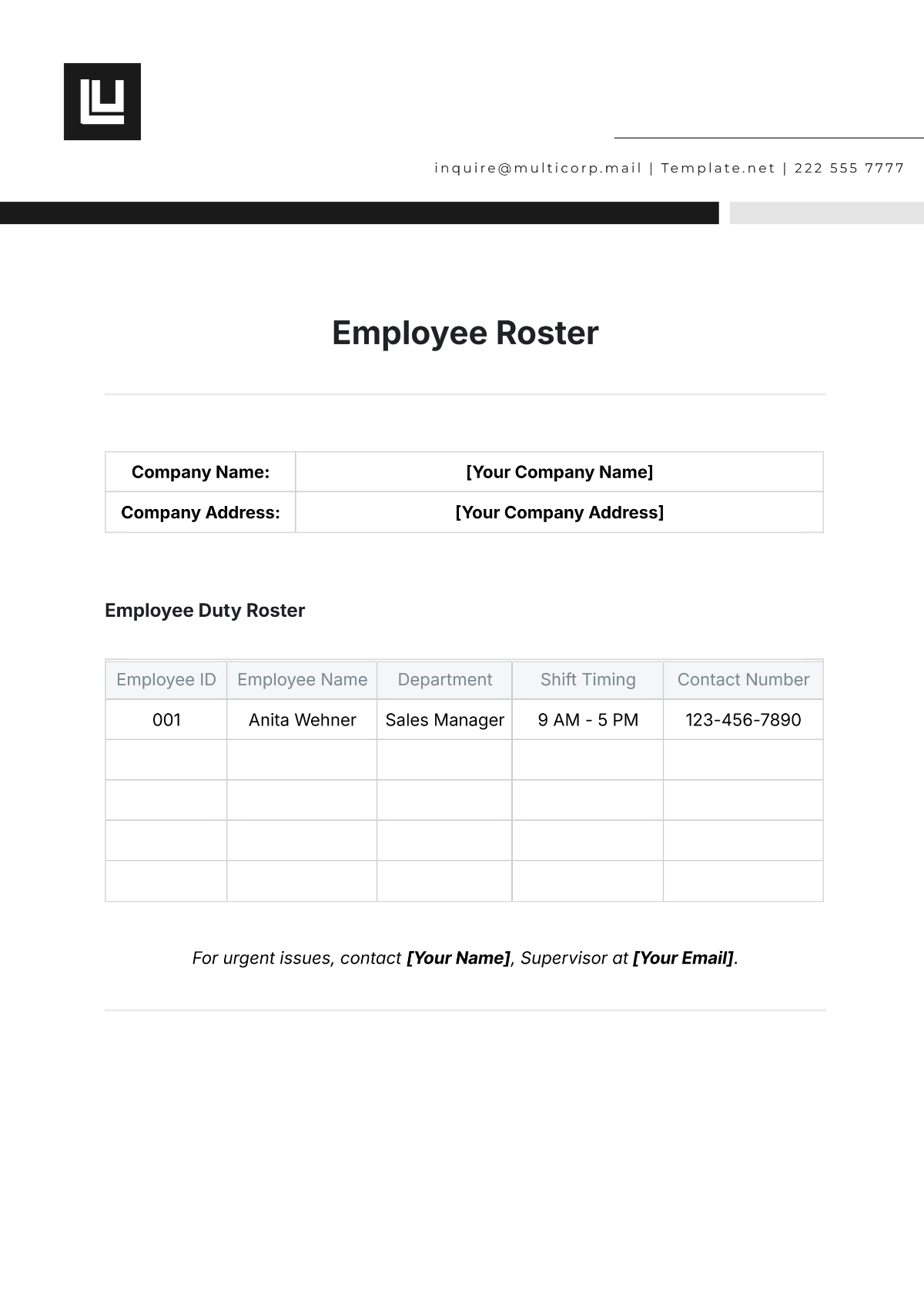Diverse Employee Tenure Report HR
Prepared by: [Your Name]
Company: [Your Company Name]
Date: [Insert Date]
This report presents an analysis of the diverse employee tenure within the organization. Its purpose is to assess how tenure varies across different demographic groups to identify patterns, challenges, and opportunities for fostering a more inclusive workplace environment.
1. Introduction
The increasing focus on diversity and inclusion in the workplace necessitates a comprehensive understanding of employee tenure trends among varied demographic groups. This report aims to provide insights into these trends and offer recommendations for improving retention and career advancement among underrepresented groups.
2. Methodology
Data for this report was collected from the company's human resources information system (HRIS) and includes all active employees as of September 2023. The demographic categories considered include age, gender, ethnicity, and disability status. Data analysis was conducted using statistical software to identify significant patterns and trends.
2.1 Data Collection
The data was collected from the HRIS, ensuring that it includes details such as employees' joining dates, roles, departments, and demographic information. Privacy and confidentiality were maintained throughout the data collection and analysis process.
2.2 Data Analysis
Descriptive statistics were employed to summarize the data, while inferential statistics were used to determine significant differences in tenure across demographic groups. Additionally, qualitative data from employee surveys provided further insights into the workplace experiences of diverse employees.
3. Findings
3.1 Overall Tenure Distribution
The overall average employee tenure within the company is 5.7 years. The distribution is as follows:
Tenure Range | Percentage of Employees |
|---|---|
0-1 years | 15% |
2-4 years | 30% |
5-9 years | 25% |
10+ years | 30% |
3.2 Tenure by Demographic Groups
3.2.1 Age
Younger employees, particularly those under 30, tend to have shorter tenures averaging 2.4 years. Employees aged 30-50 years typically have longer tenures, averaging 6.3 years. Employees over 50 have the longest average tenure of 9.4 years.
3.2.2 Gender
There is a slight variation in tenure between genders. Male employees have an average tenure of 5.9 years, while female employees average 5.4 years. However, retention rates for leadership roles show a more significant gap, with male leaders averaging 8 years compared to 6.5 years for female leaders.
3.2.3 Ethnicity
The average tenure across different ethnic groups shows notable differences:
Ethnicity | Average Tenure (Years) |
|---|---|
Caucasian | 6.2 |
African American | 4.3 |
Hispanic | 4.7 |
Asian | 5.8 |
Other | 5.0 |
3.2.4 Disability Status
Employees with disabilities have an average tenure of 4.5 years, which is slightly below the overall company average. Focus group feedback suggests challenges in workplace accessibility and accommodation may contribute to this trend.
4. Discussion
The analysis highlights critical disparities in tenure across various demographic groups. Younger employees and those from certain ethnic minorities tend to have shorter tenures, possibly indicating challenges in cultural fit and career progression.
The gender gap in leadership roles and tenure suggests that female employees may encounter barriers to advancement and retention or choose to exit roles due to work-life balance considerations.
Employees with disabilities report shorter tenures, aligning with qualitative feedback on the need for improved workplace accessibility and support systems.
5. Recommendations
Based on the findings, the following recommendations are proposed to enhance tenure diversity and inclusion:
Implement robust mentorship programs focused on supporting underrepresented groups.
Enhance flexible work policies to accommodate diverse work-life balance needs.
Improve accessibility and support for employees with disabilities.
Conduct regular diversity and inclusion training for all employees and management.
Establish employee resource groups to provide support networks and advocacy platforms.
6. Conclusion
This report underscores the importance of understanding employee tenure diversity as a metric for organizational health and inclusion. By addressing the disparities highlighted, the organization can foster a more equitable workplace environment, improving retention and professional satisfaction among all demographic groups.


